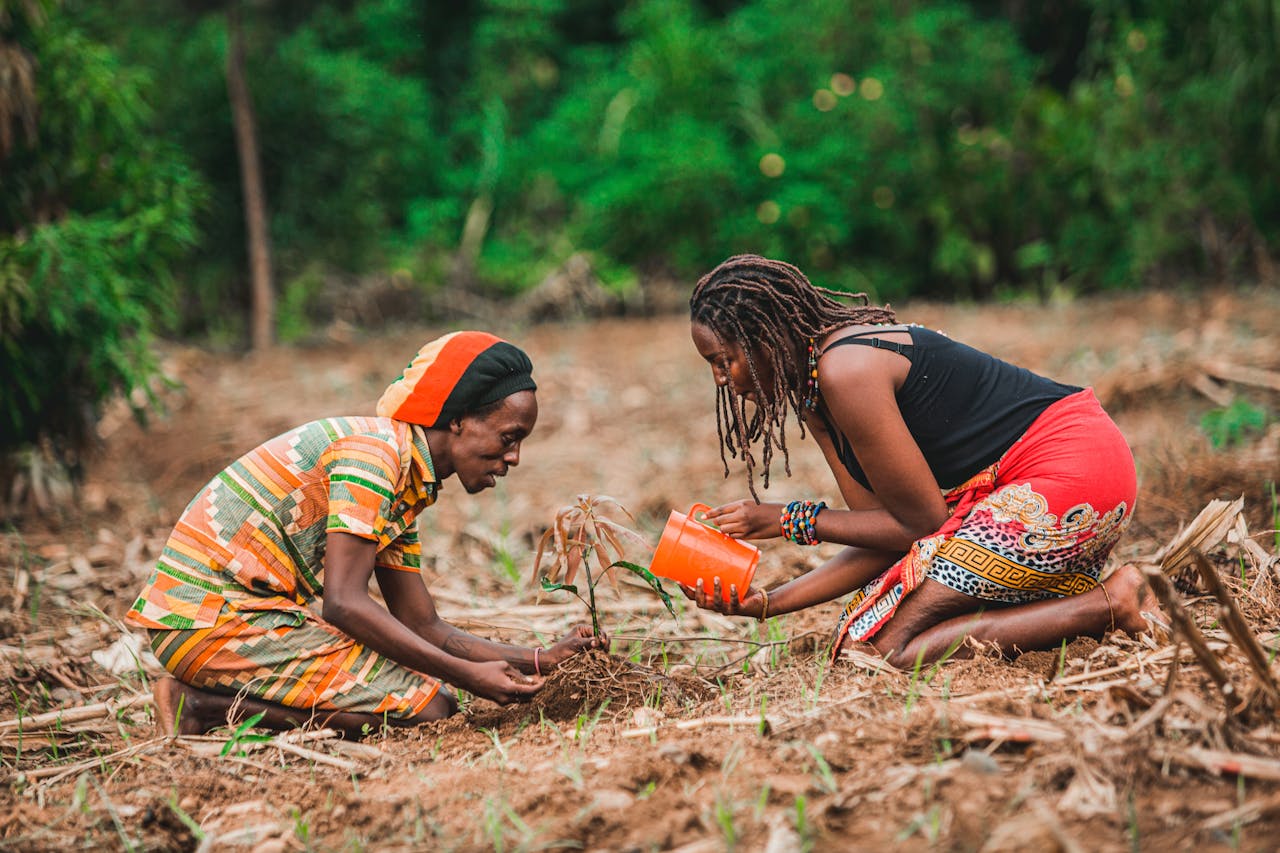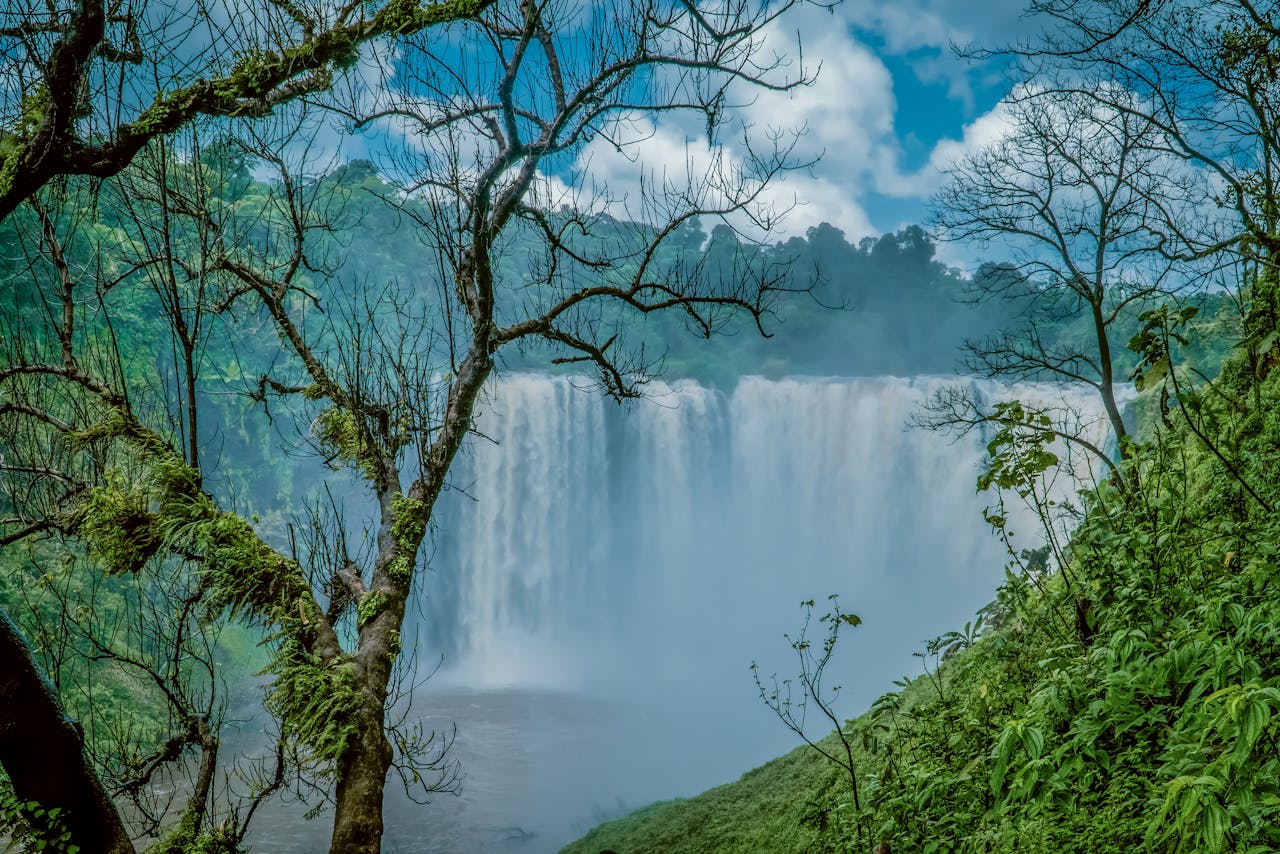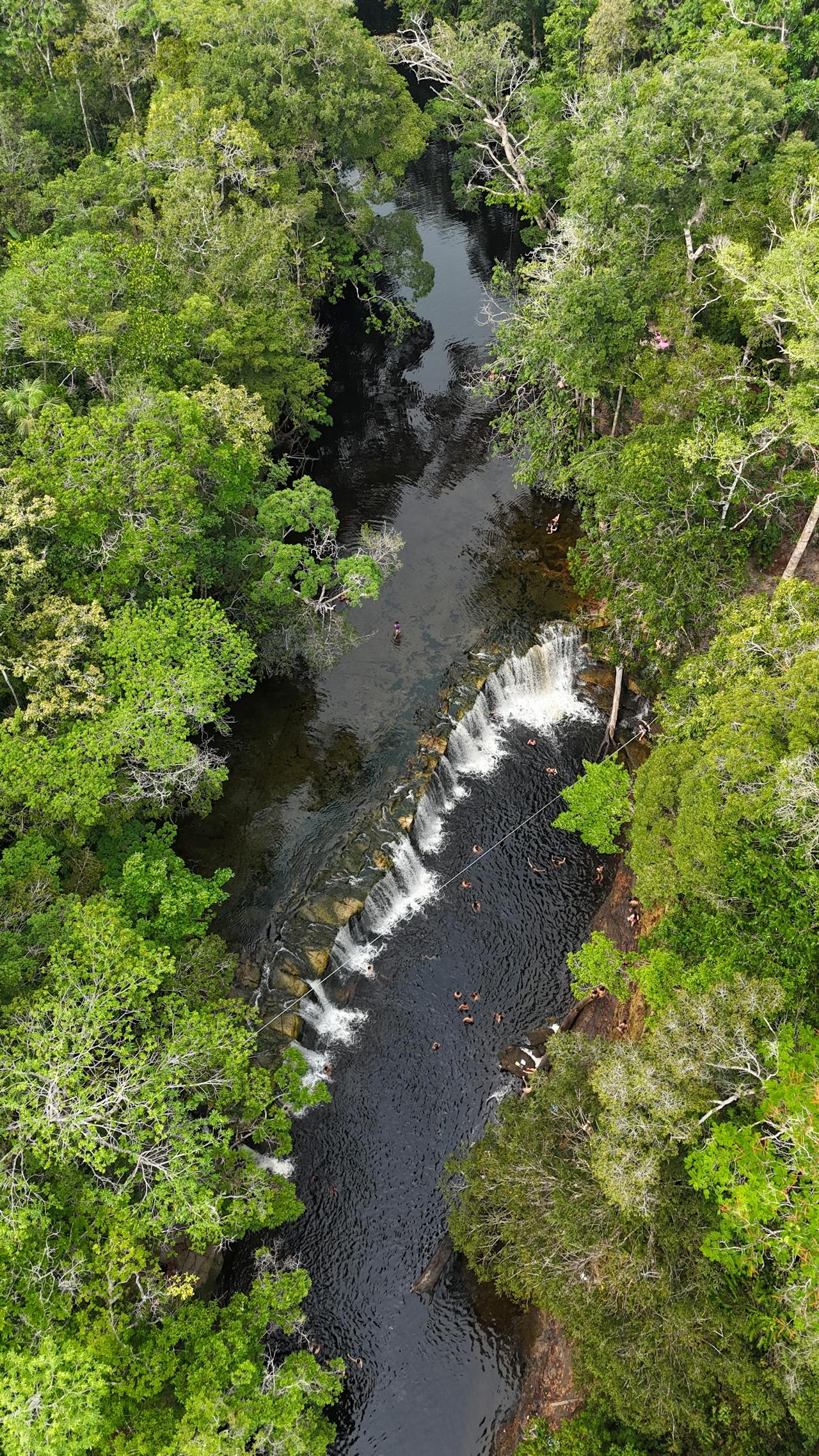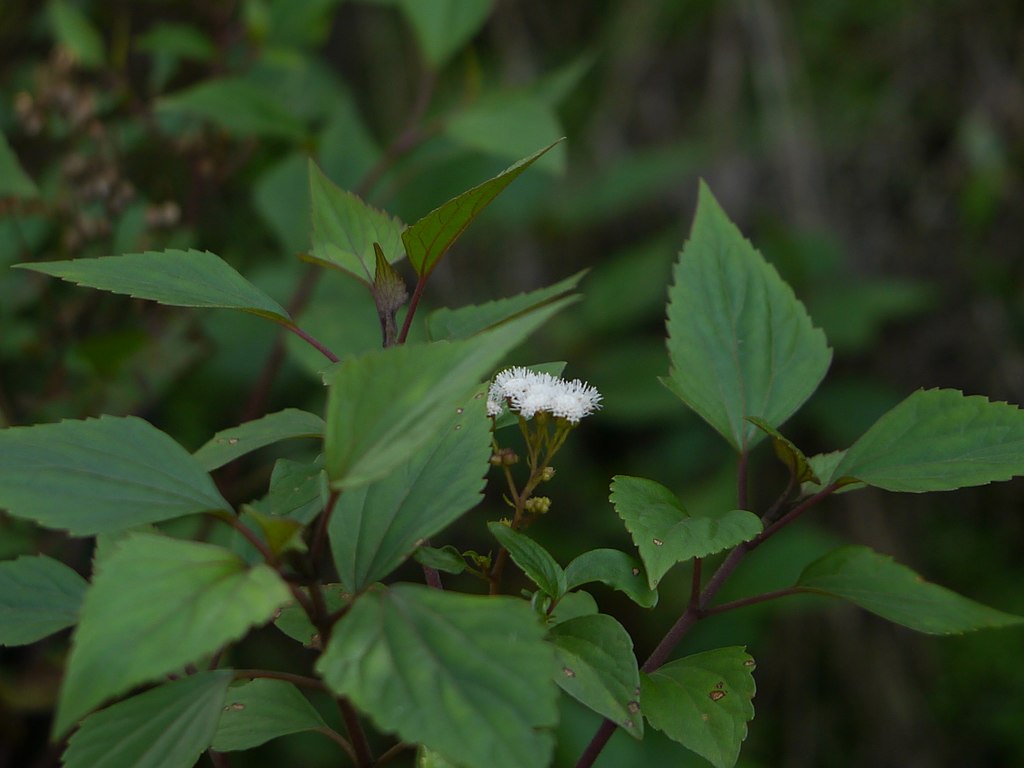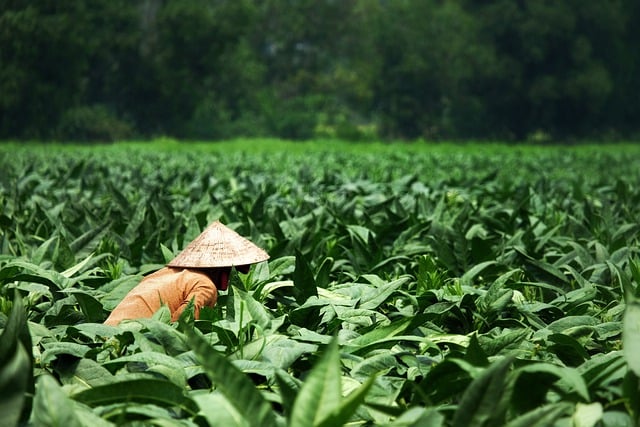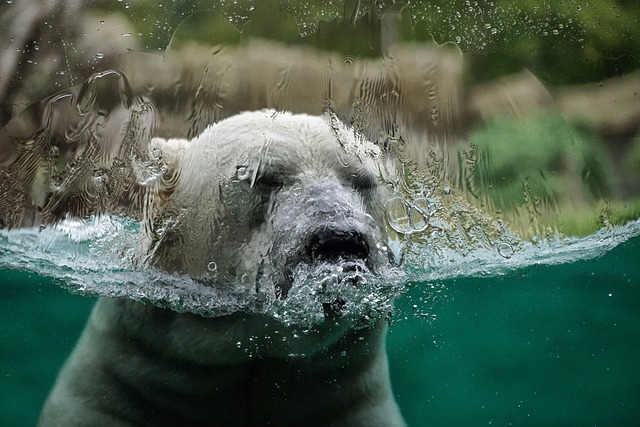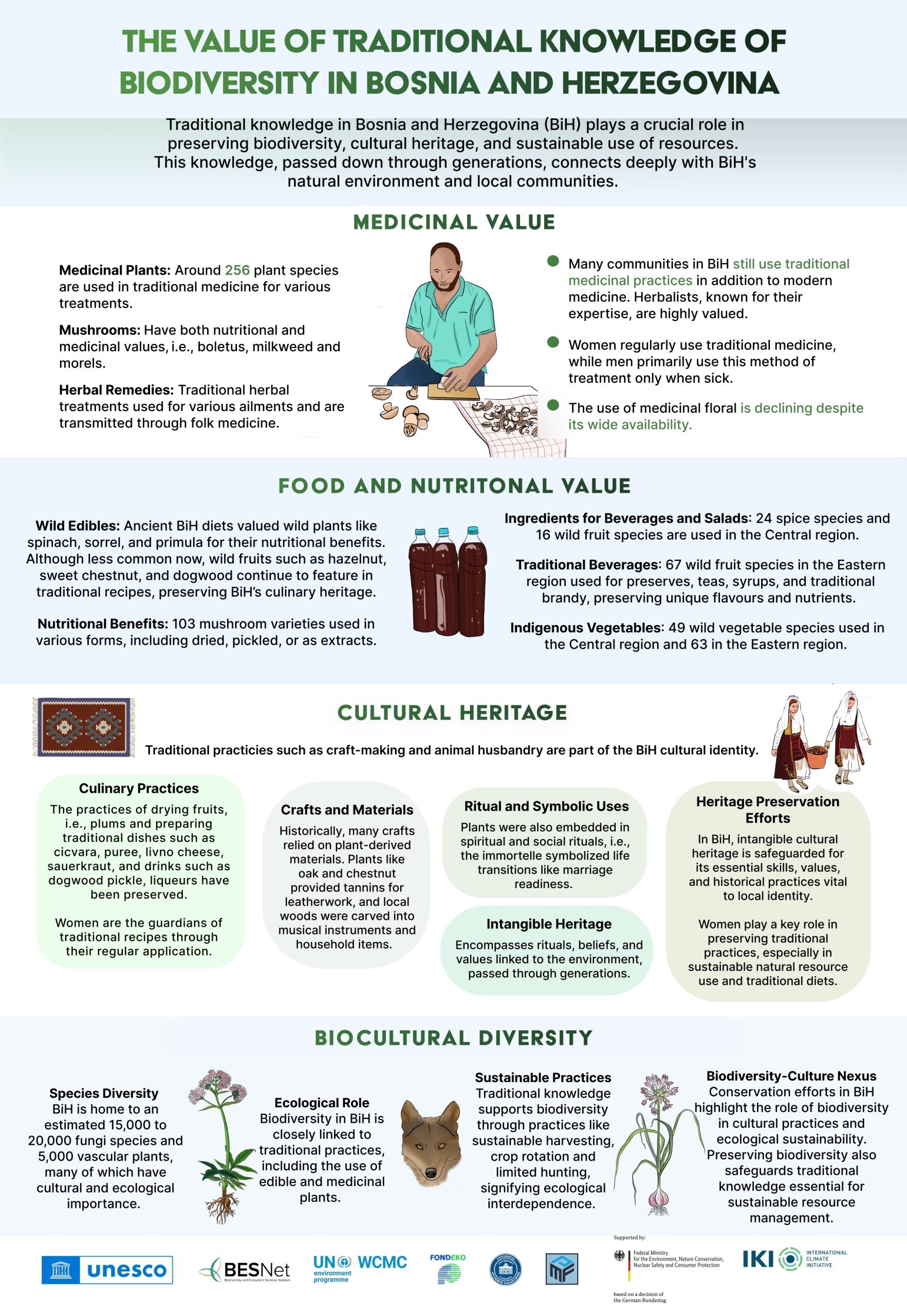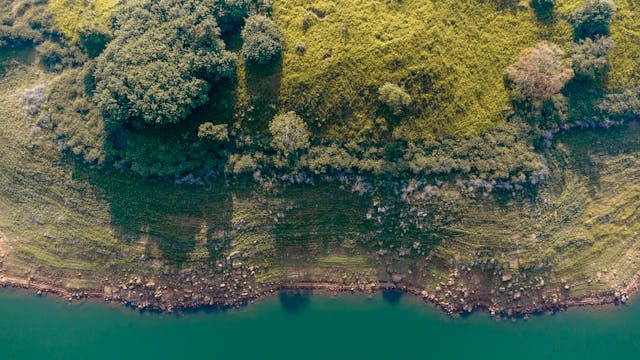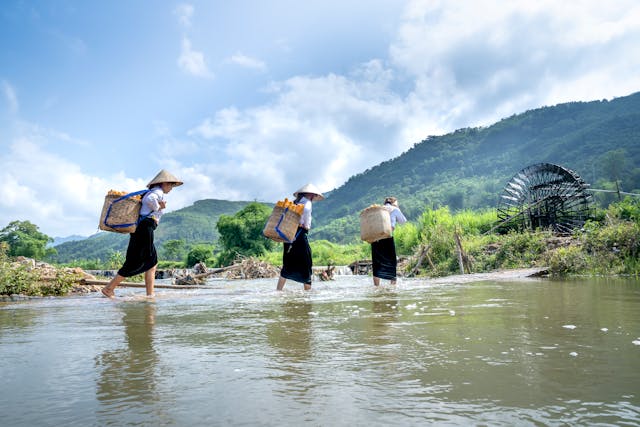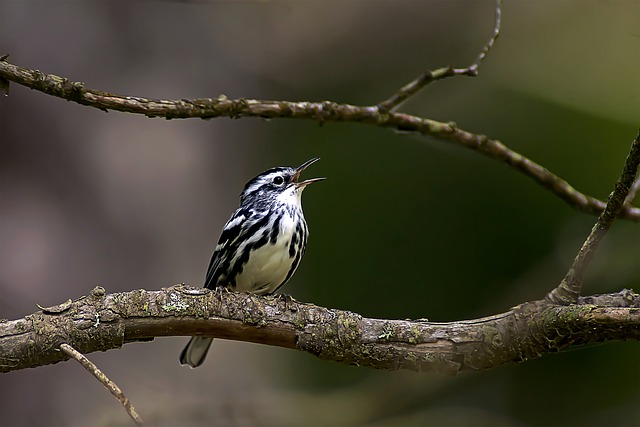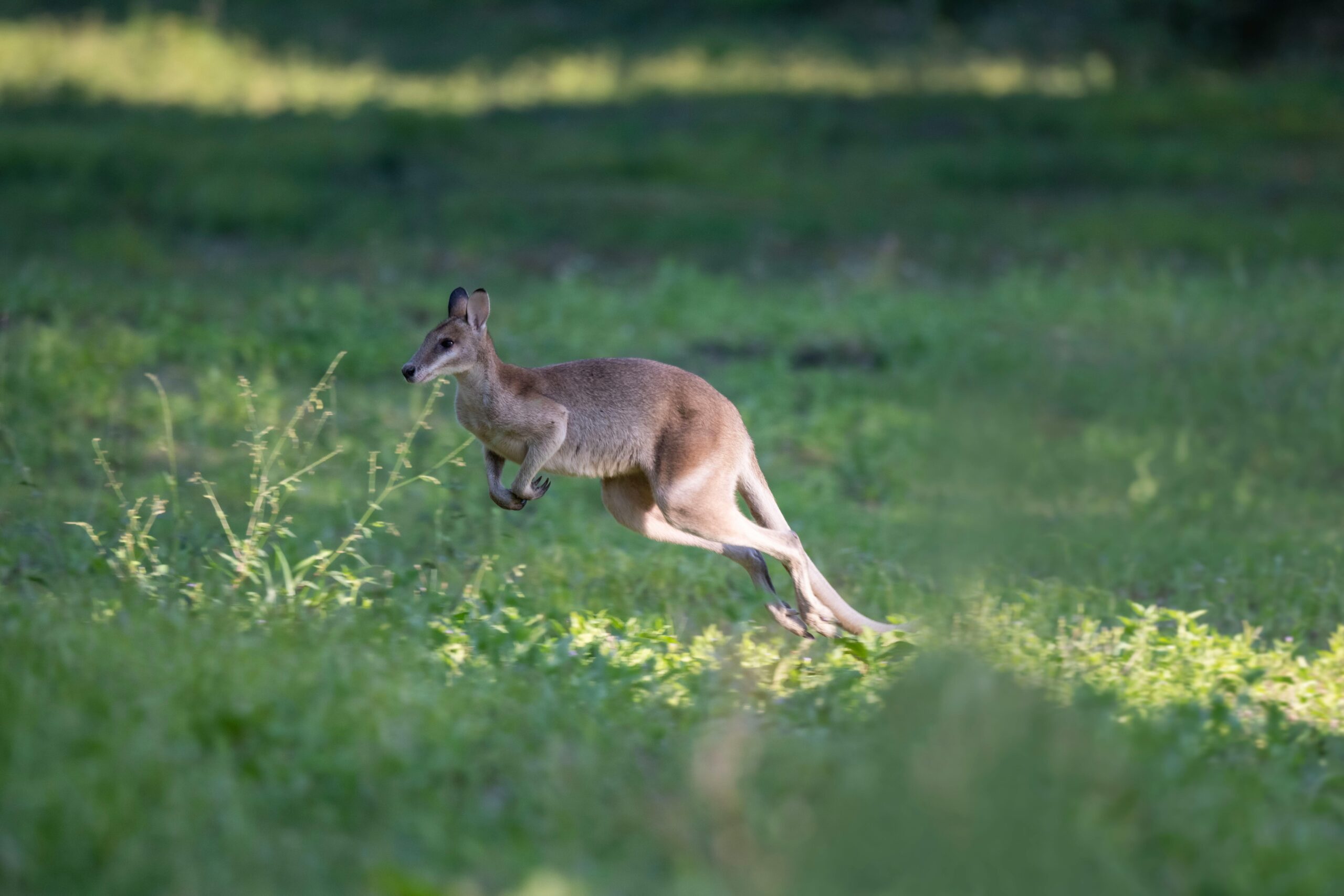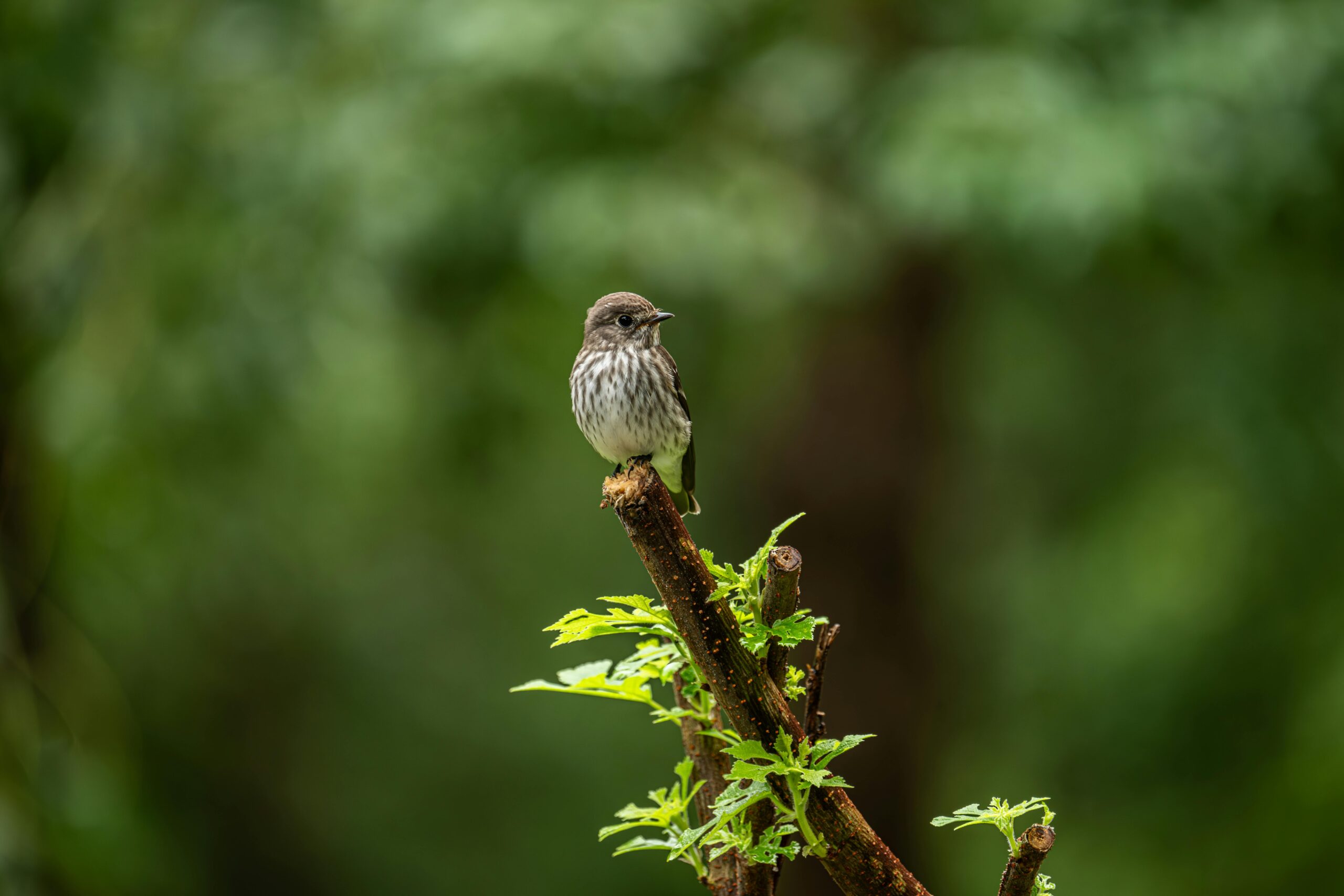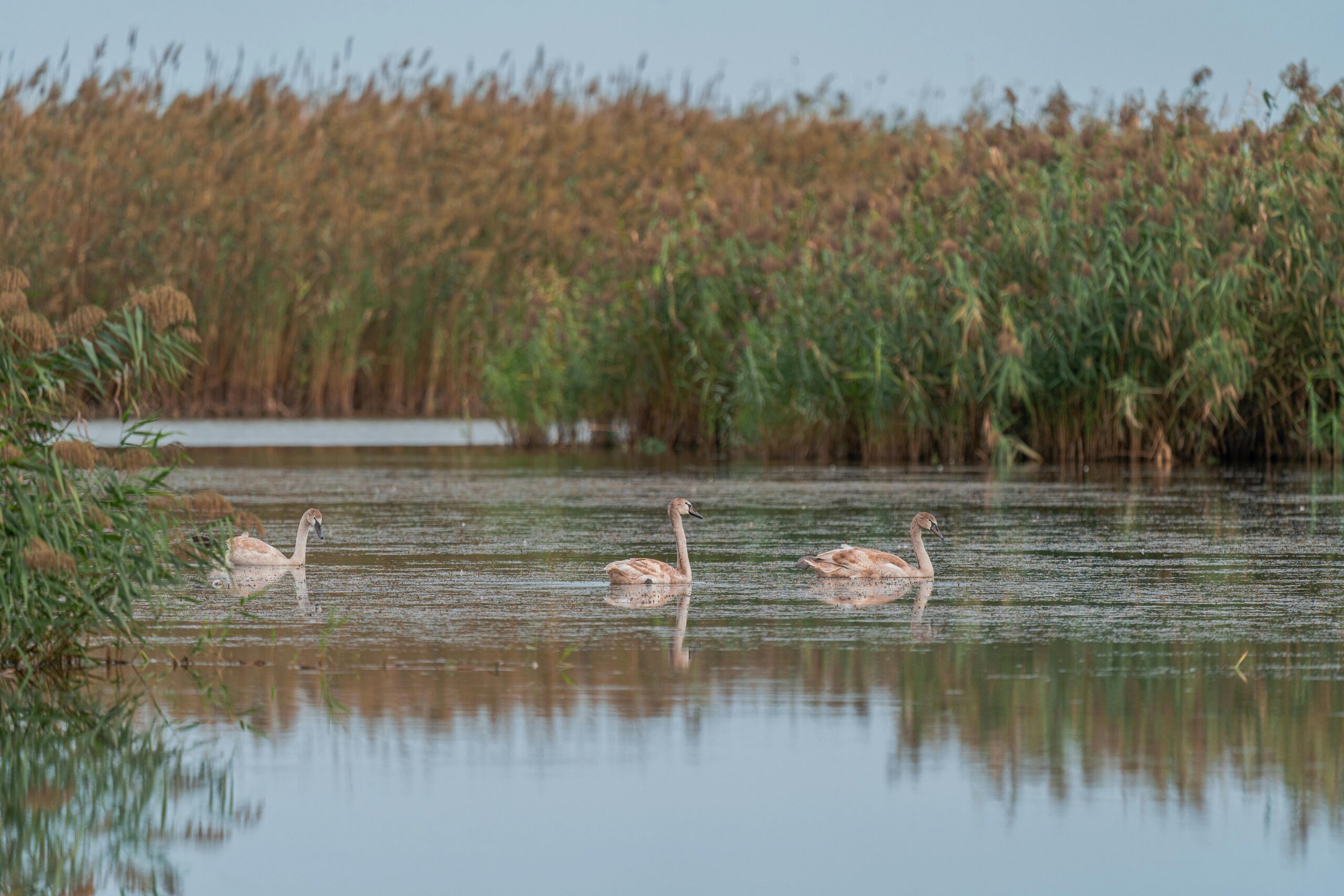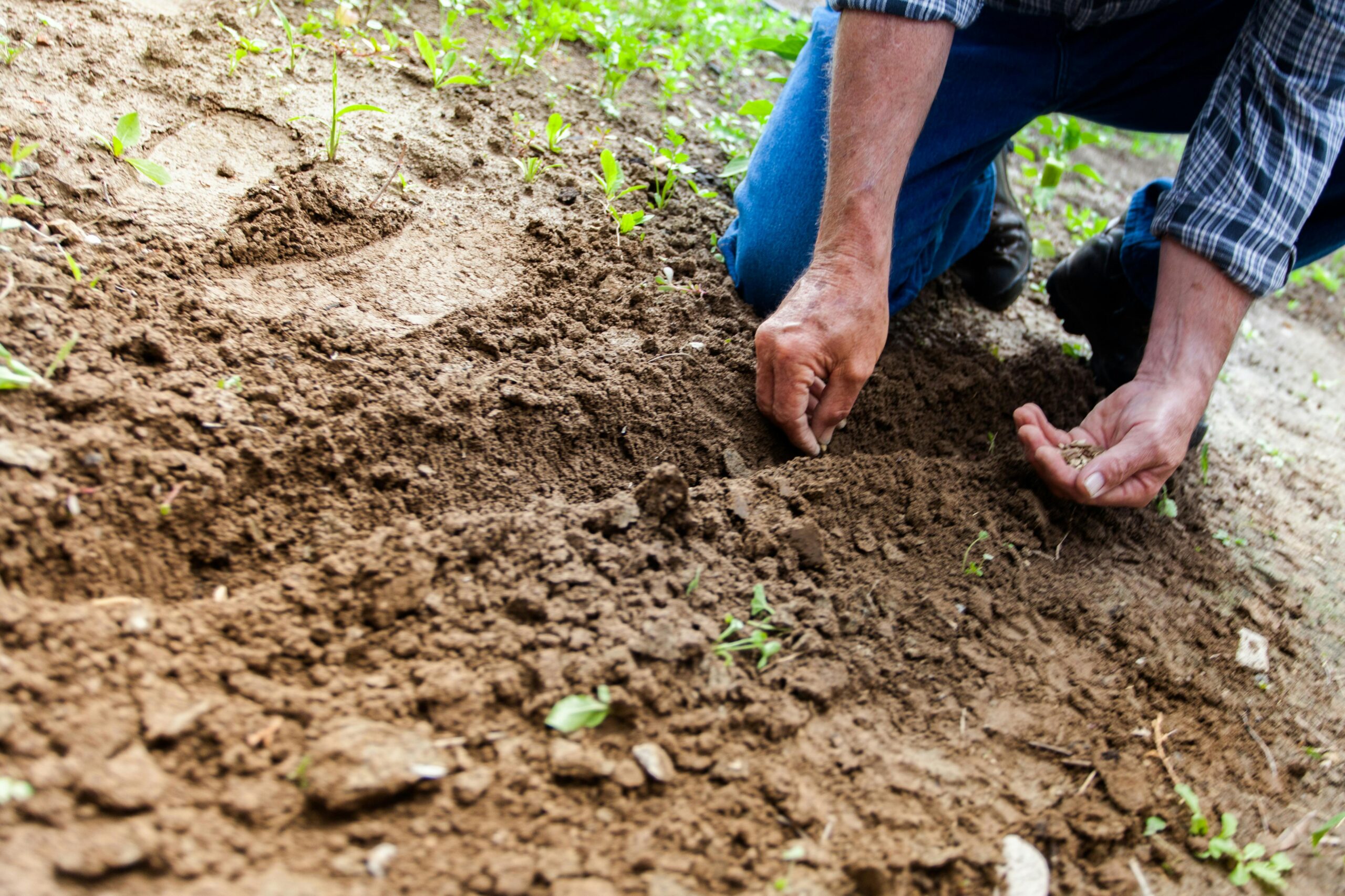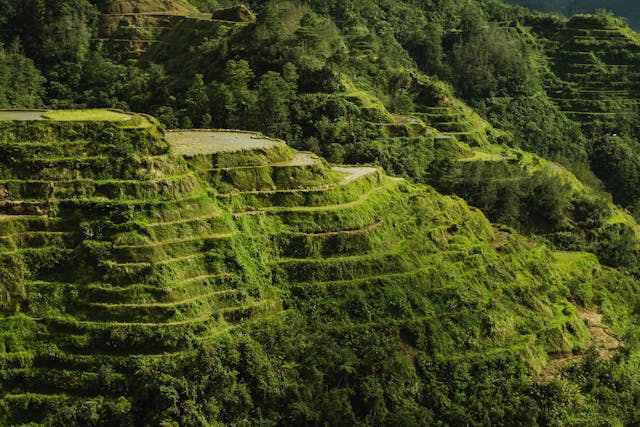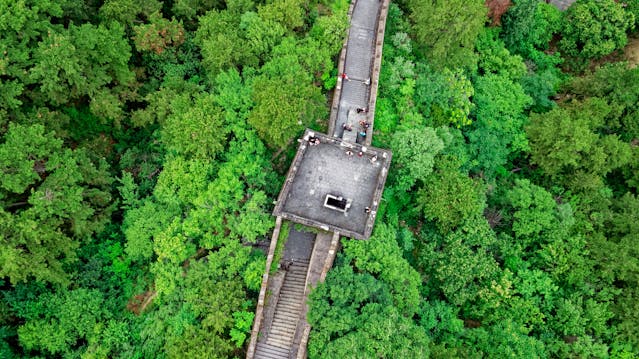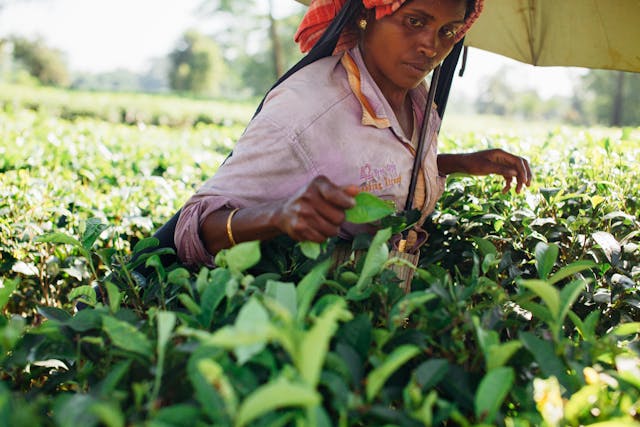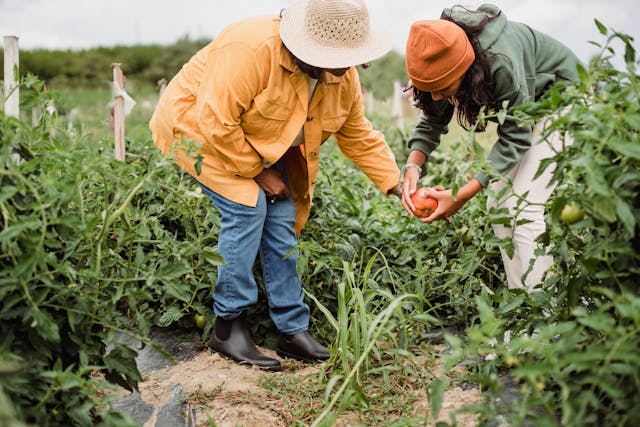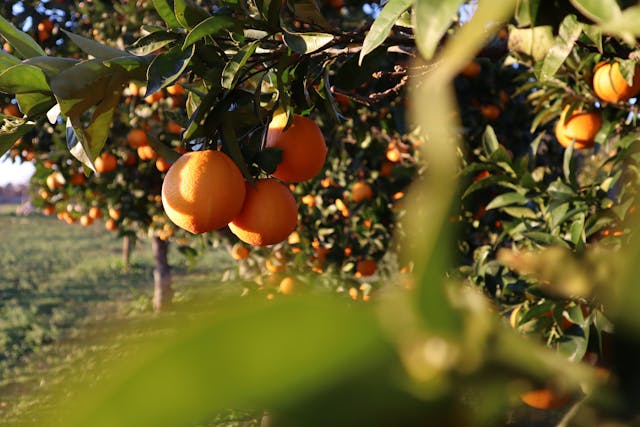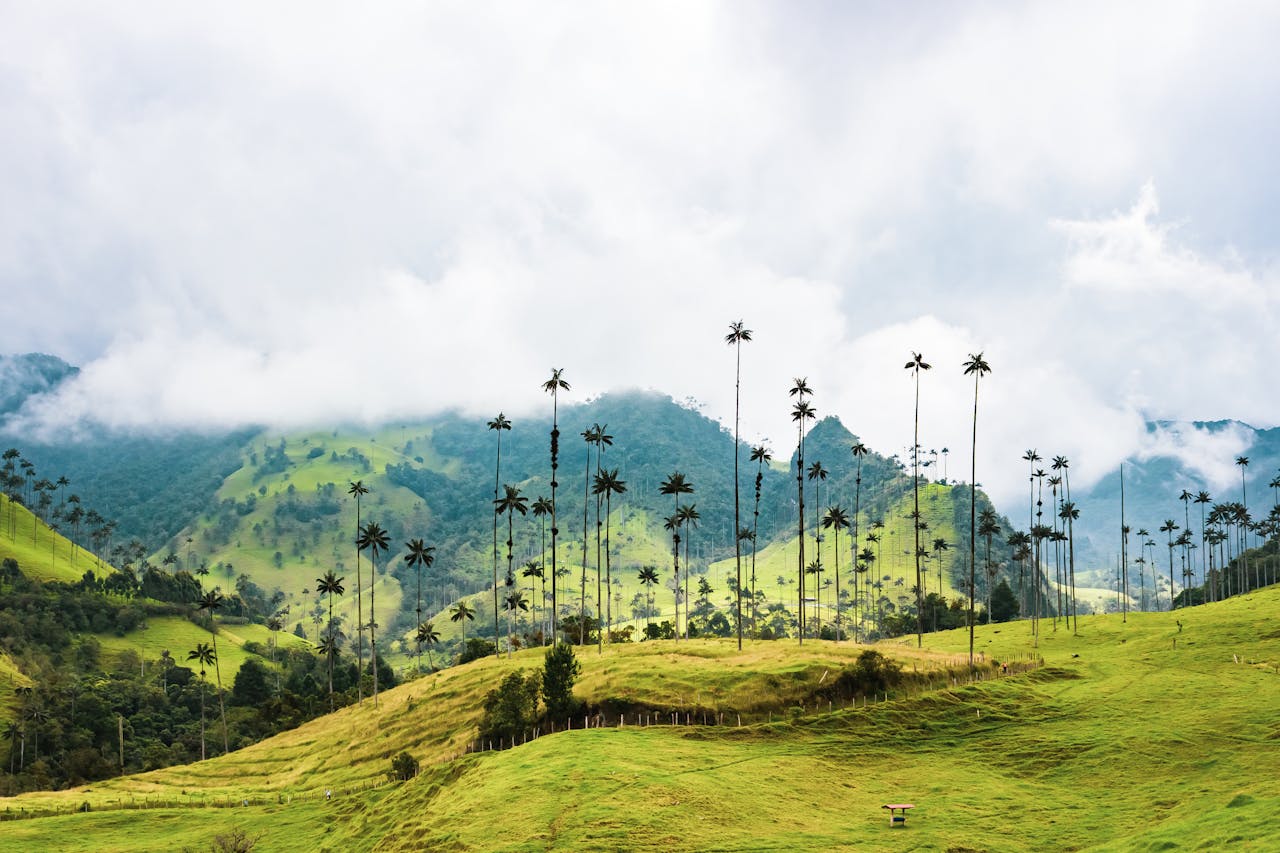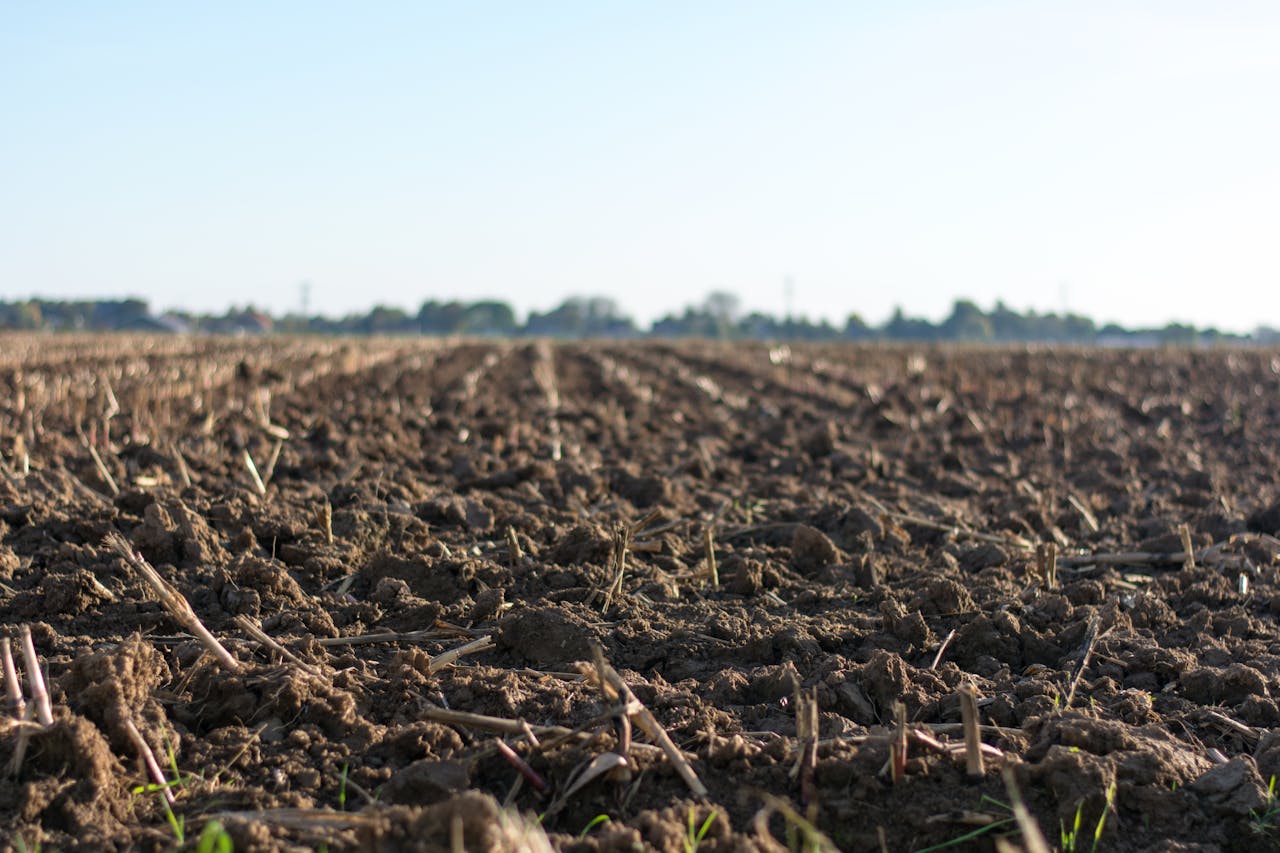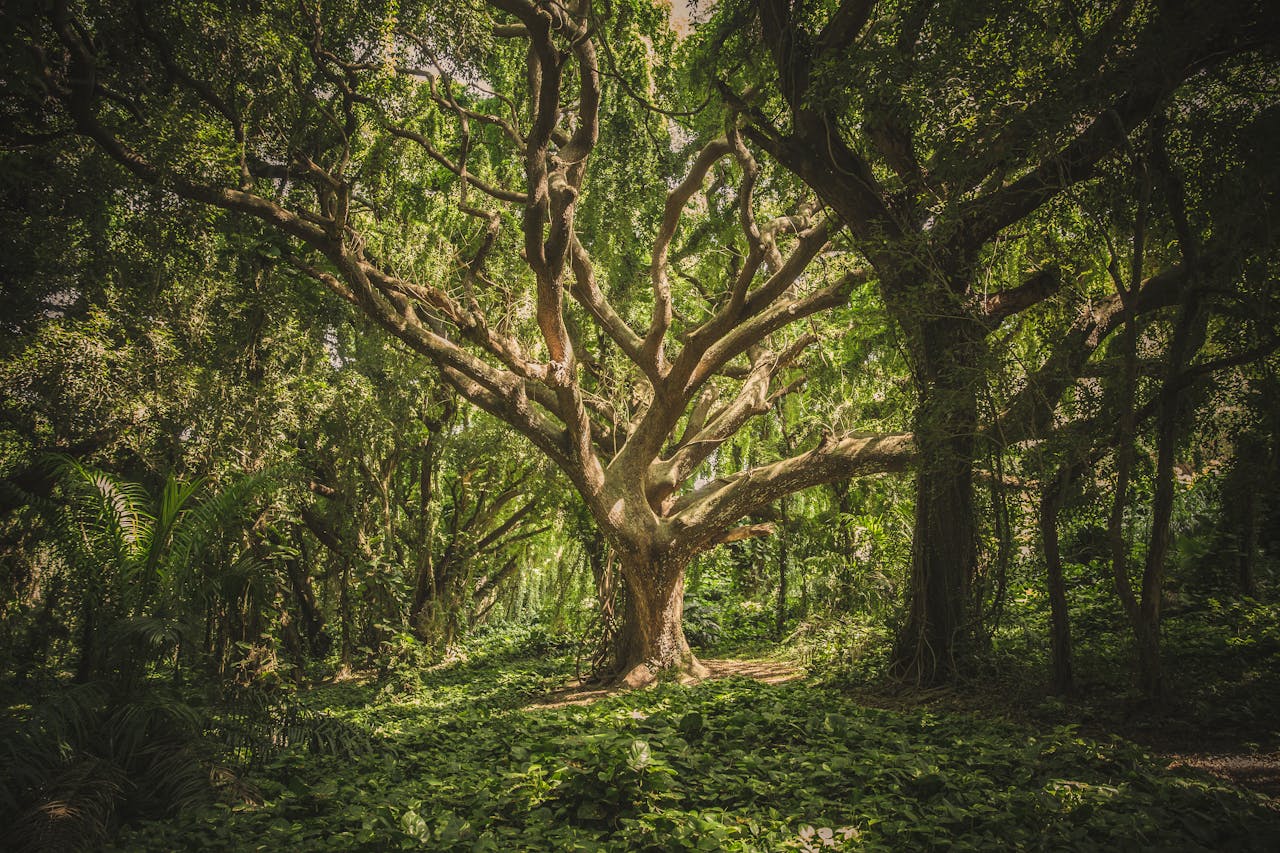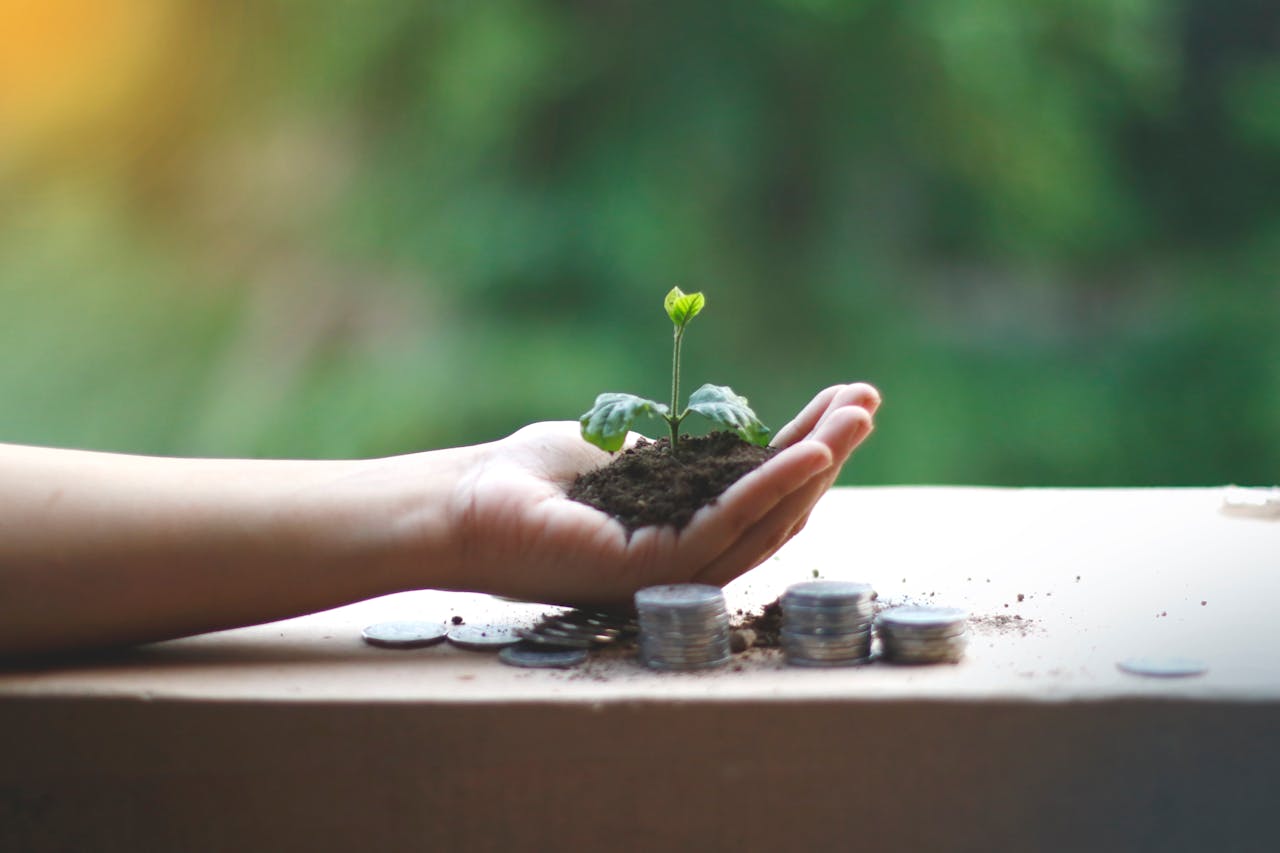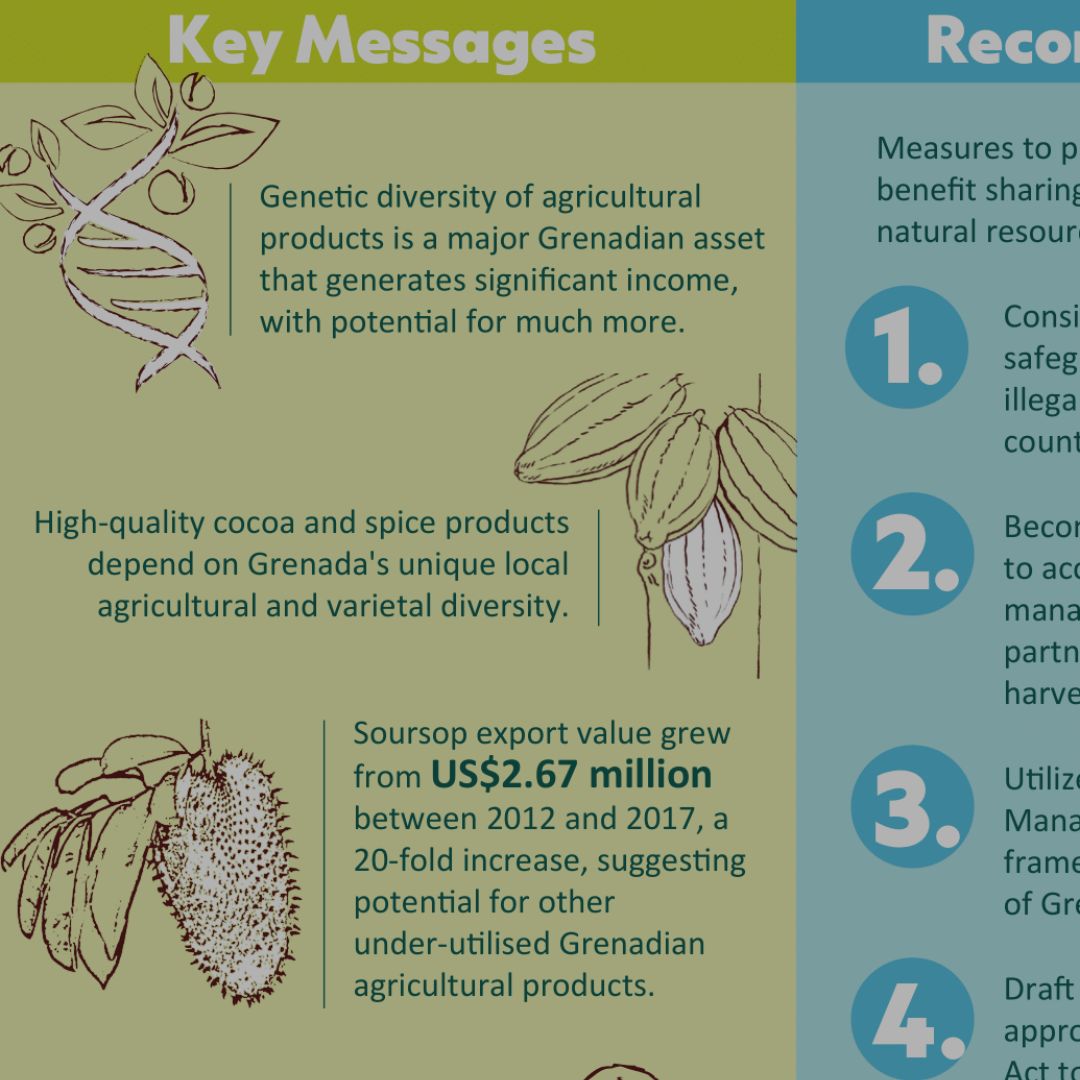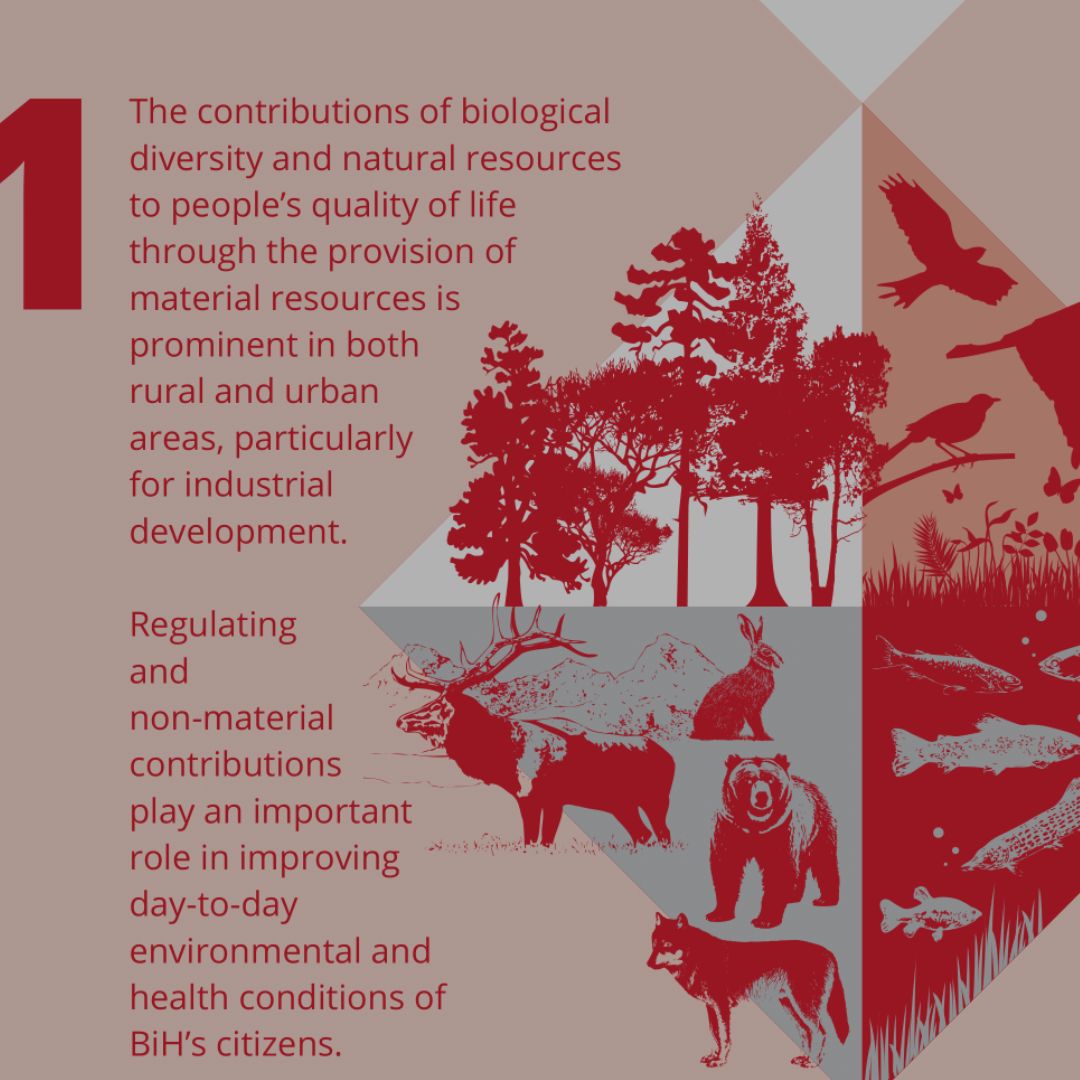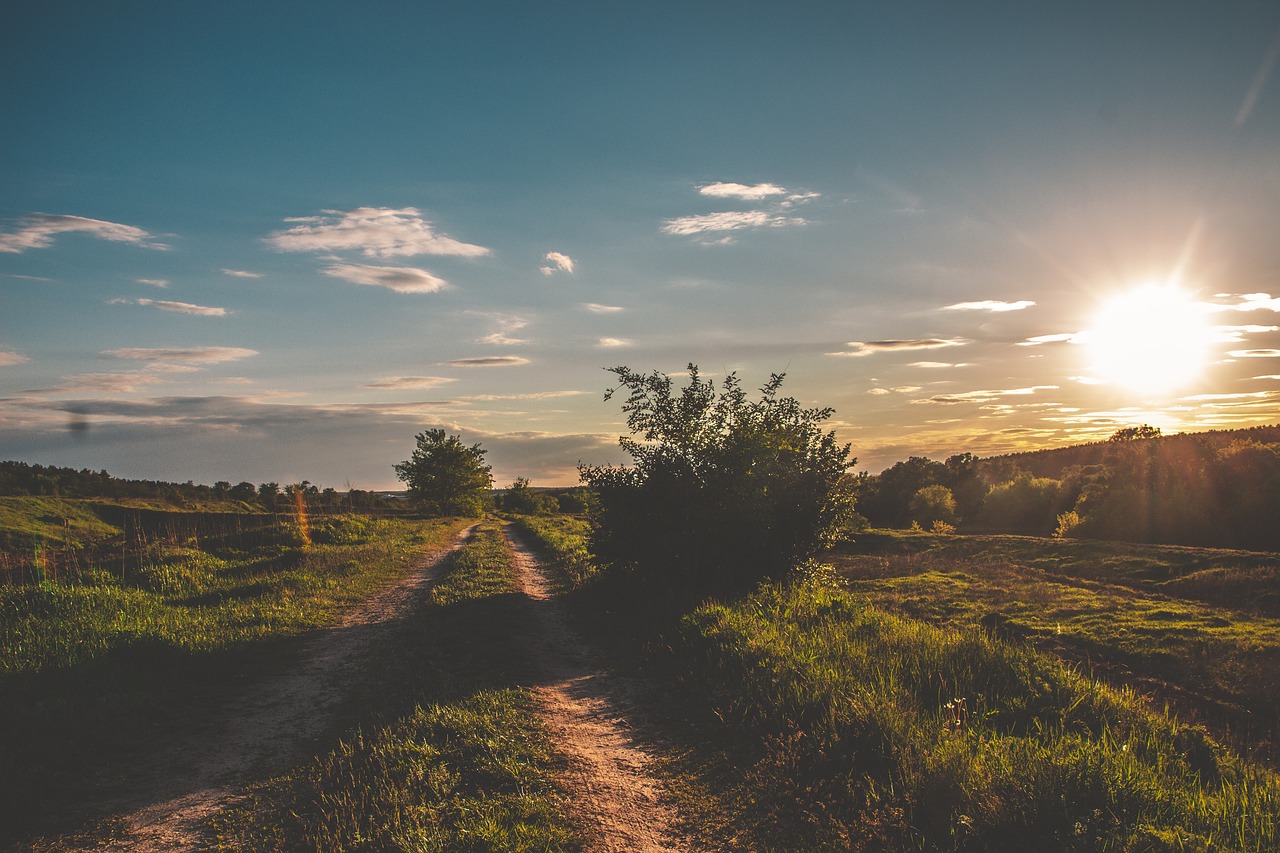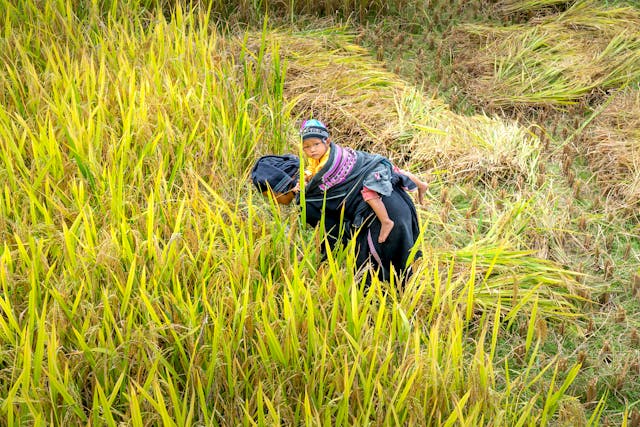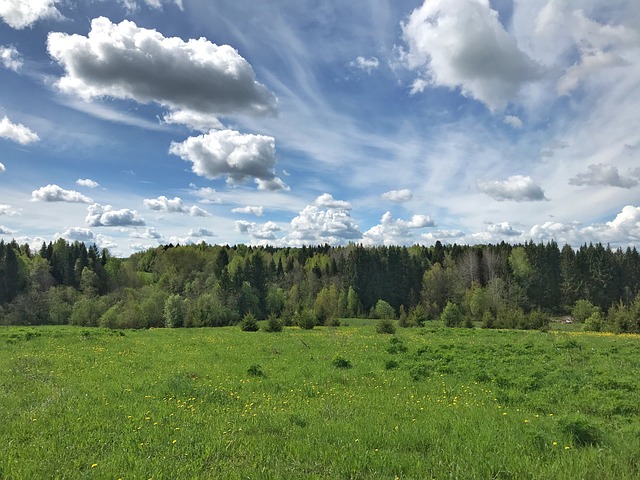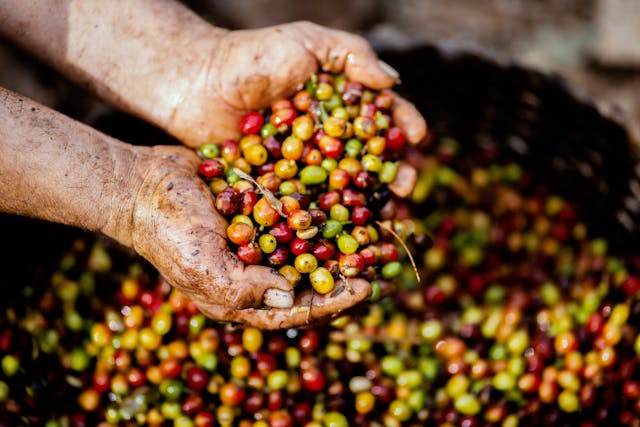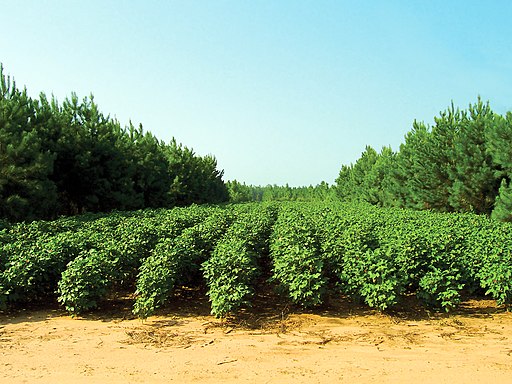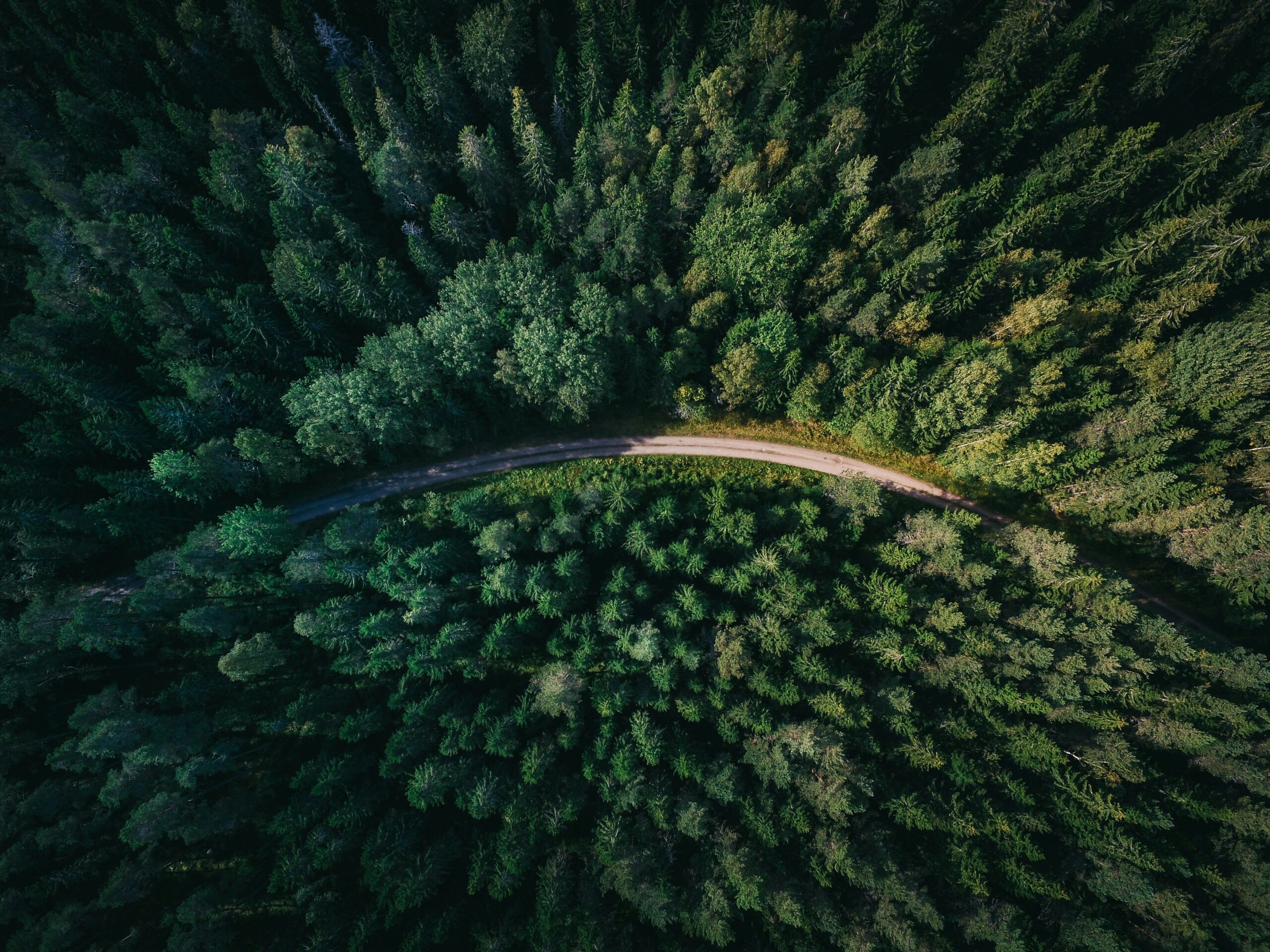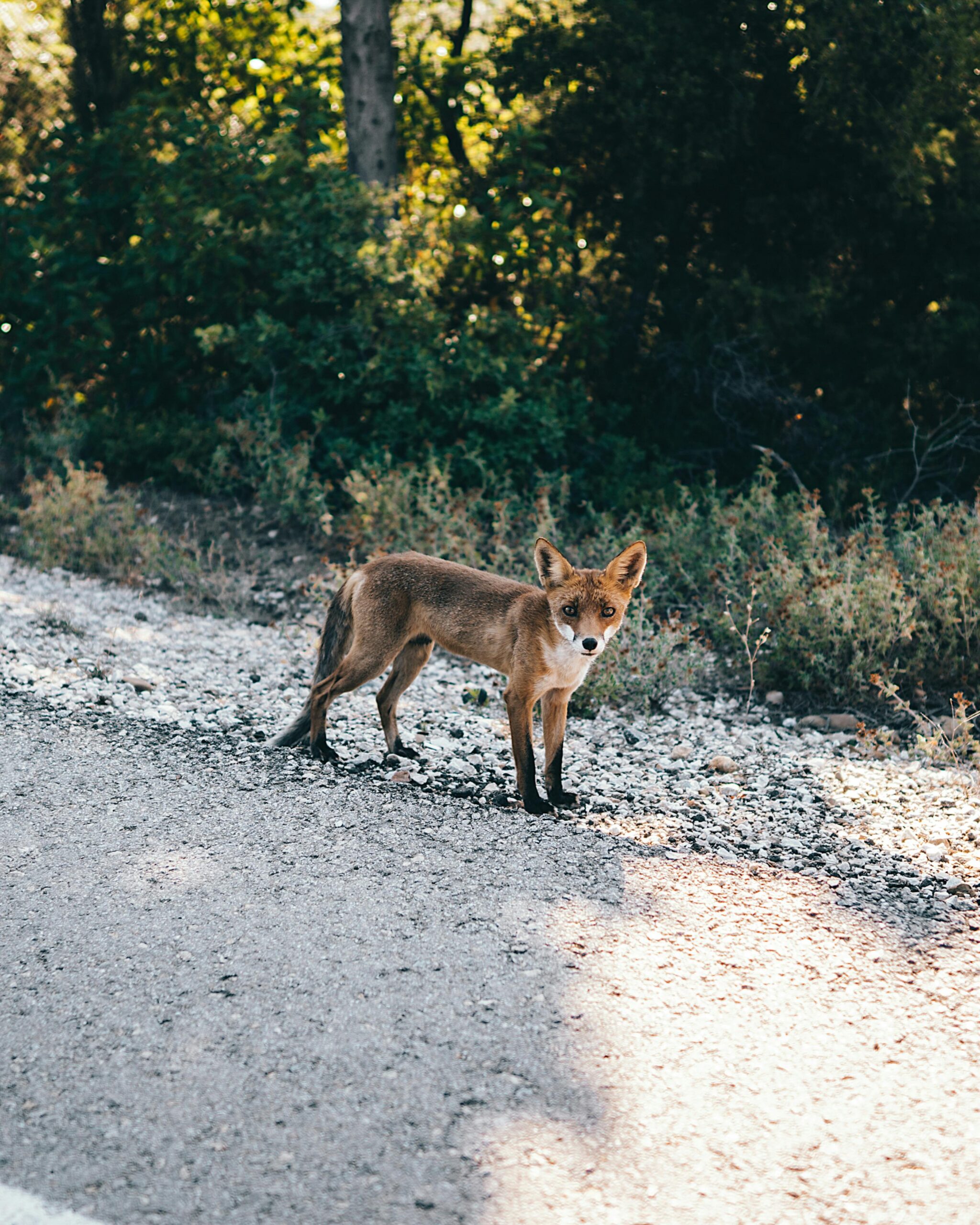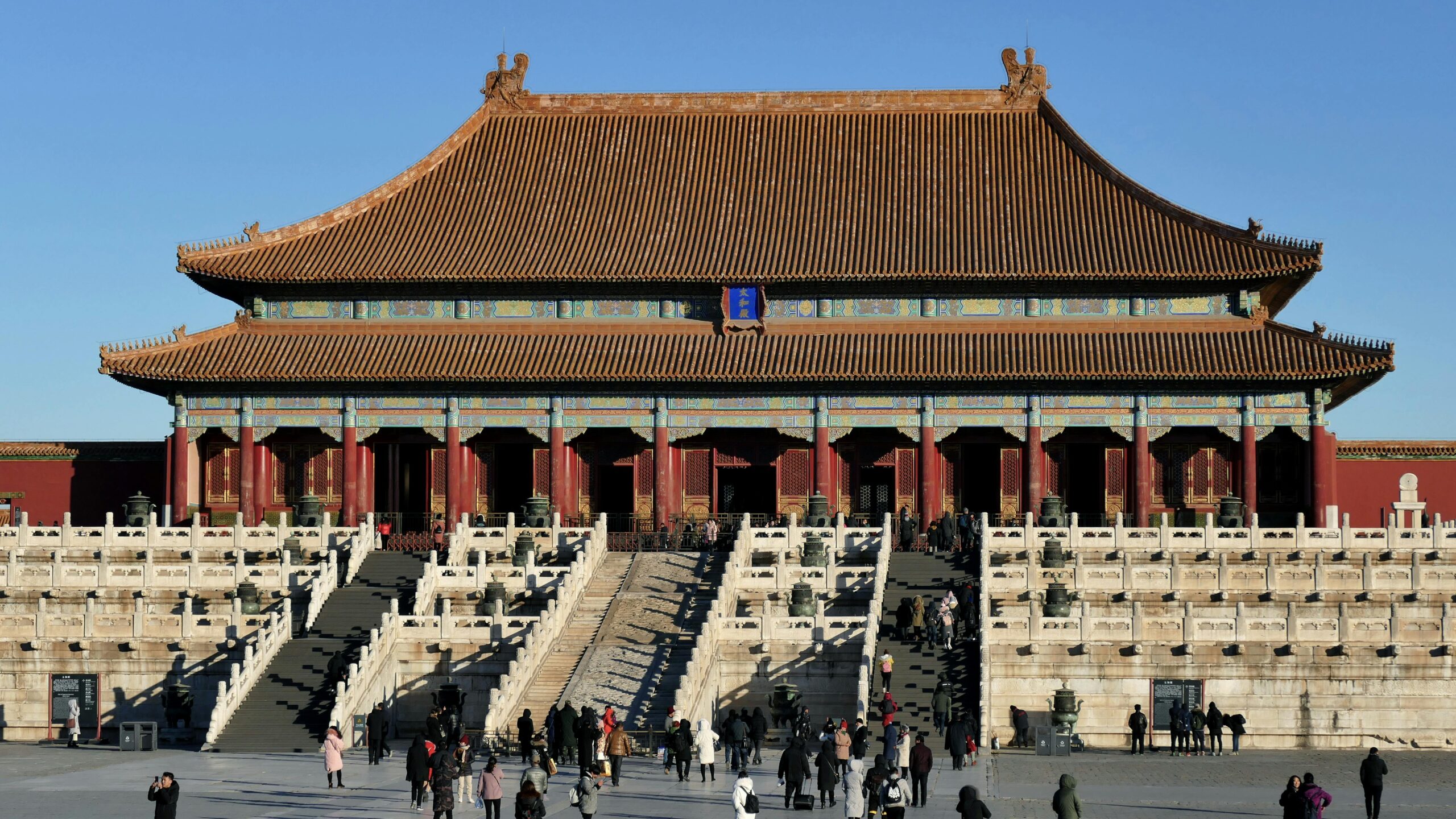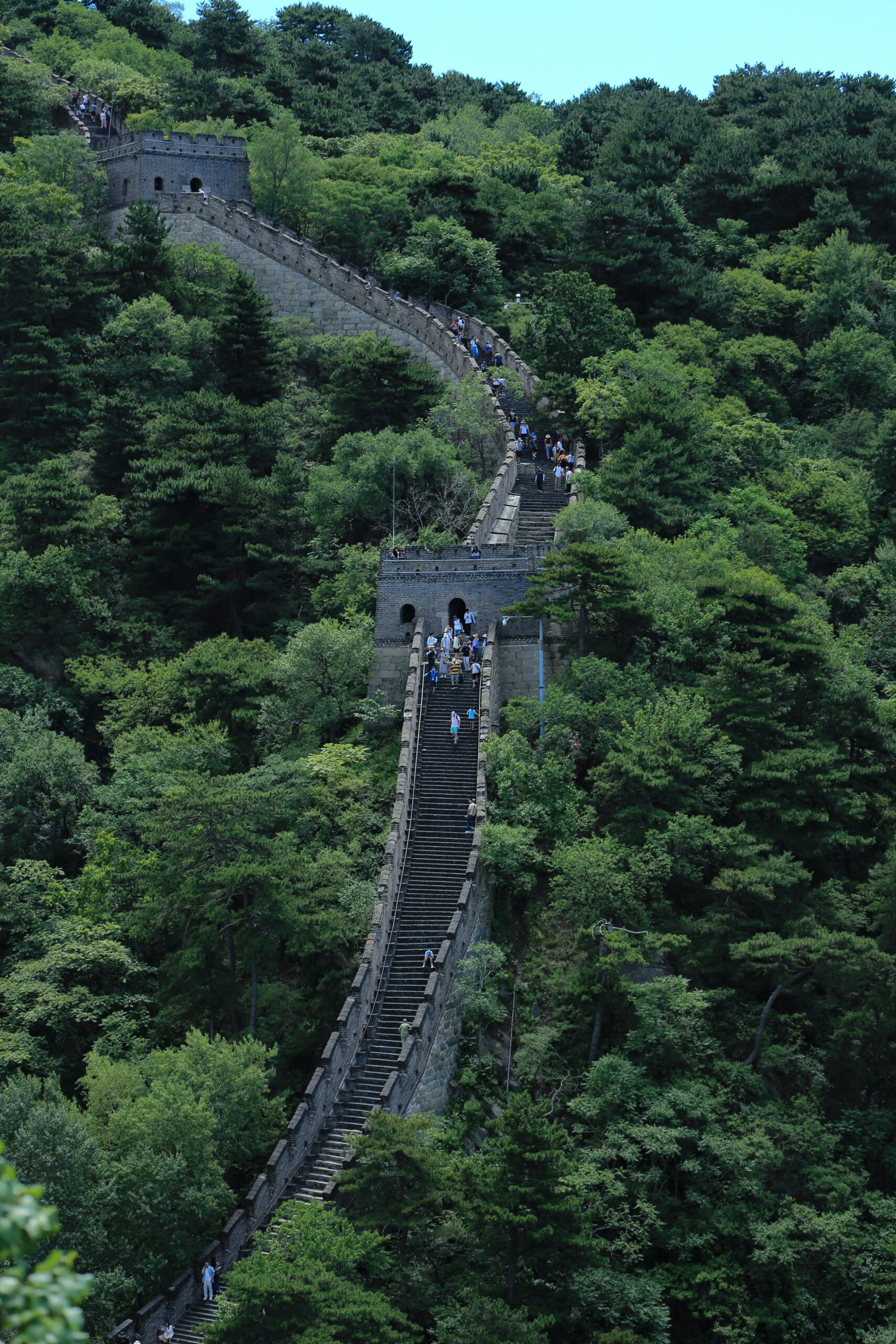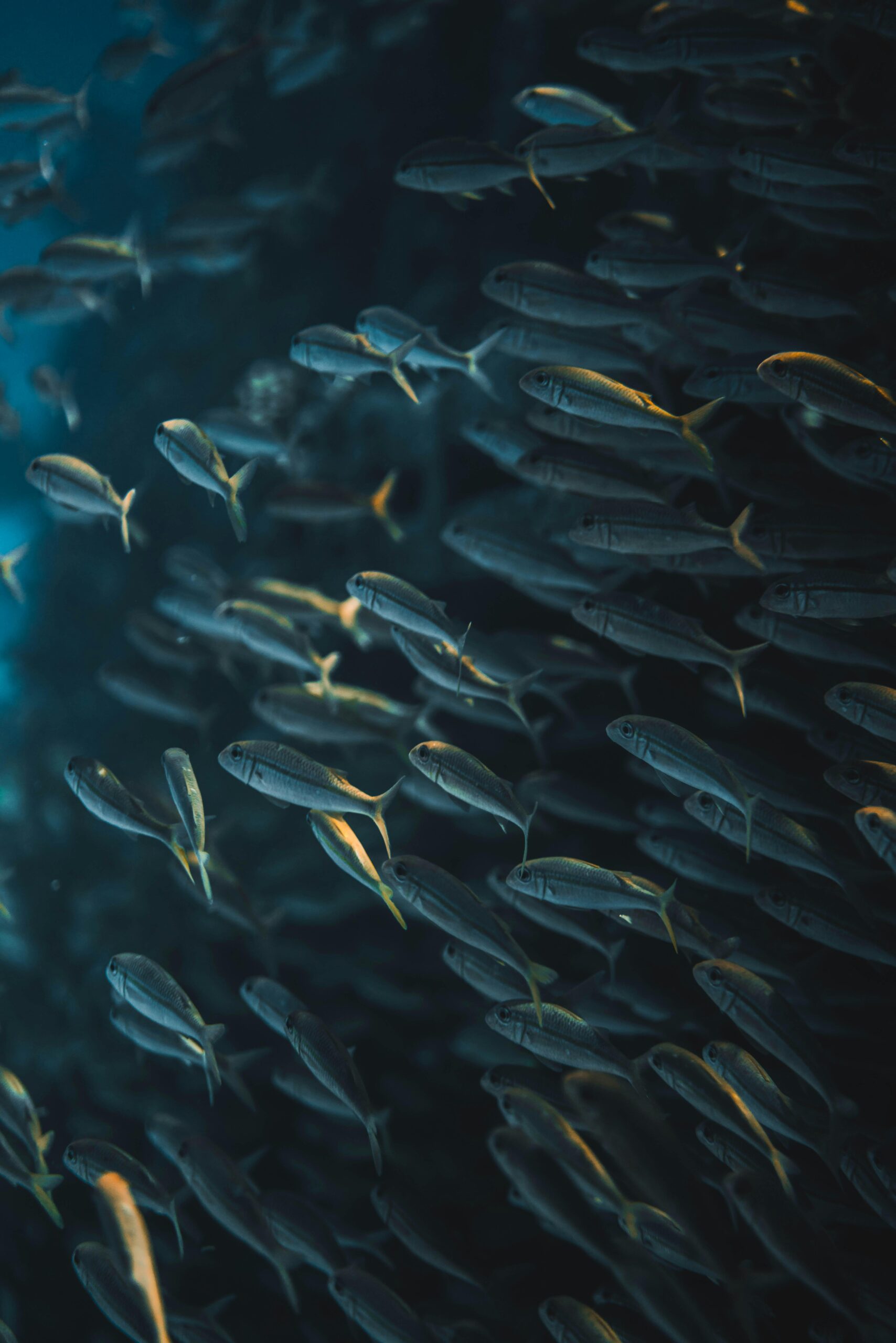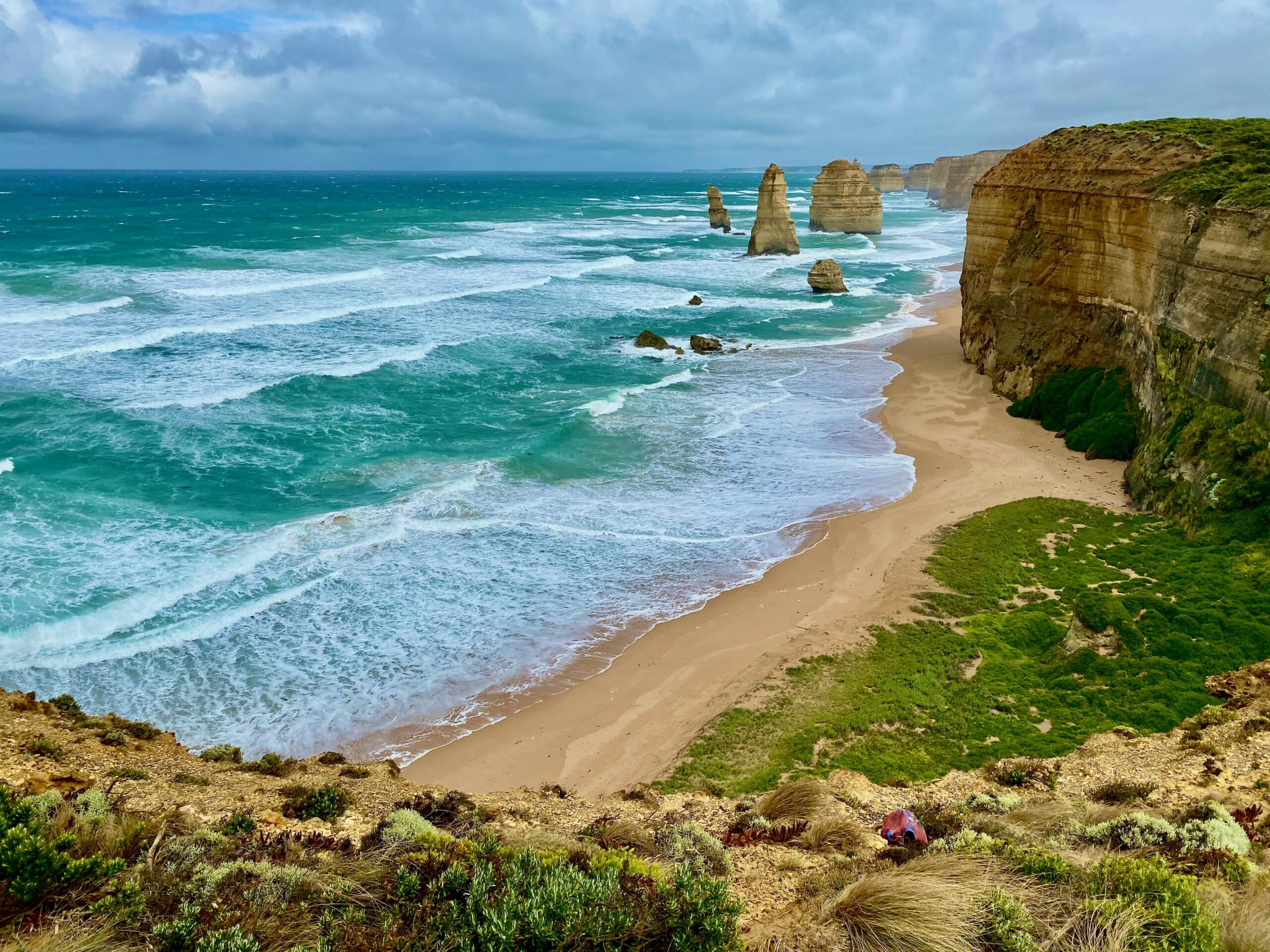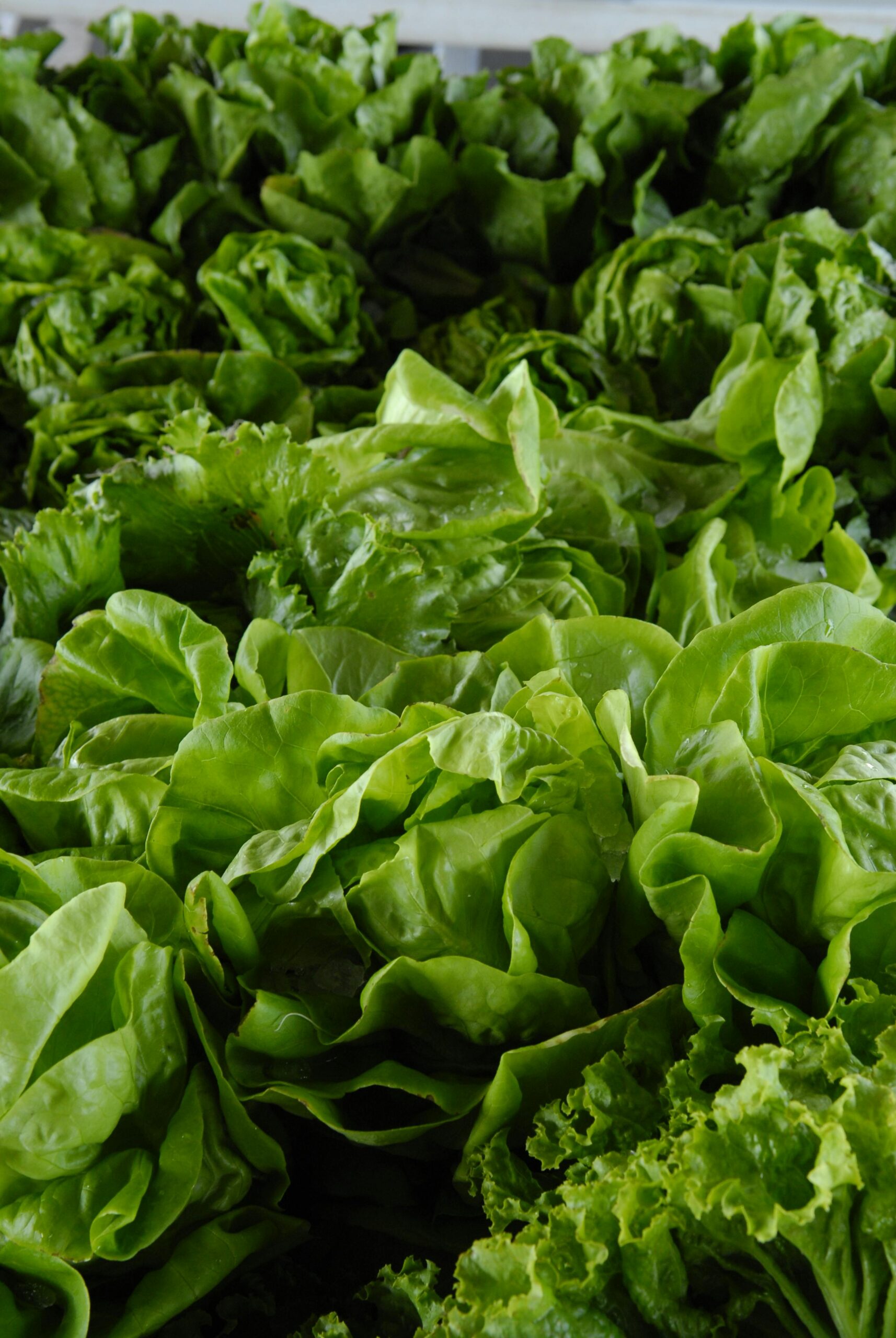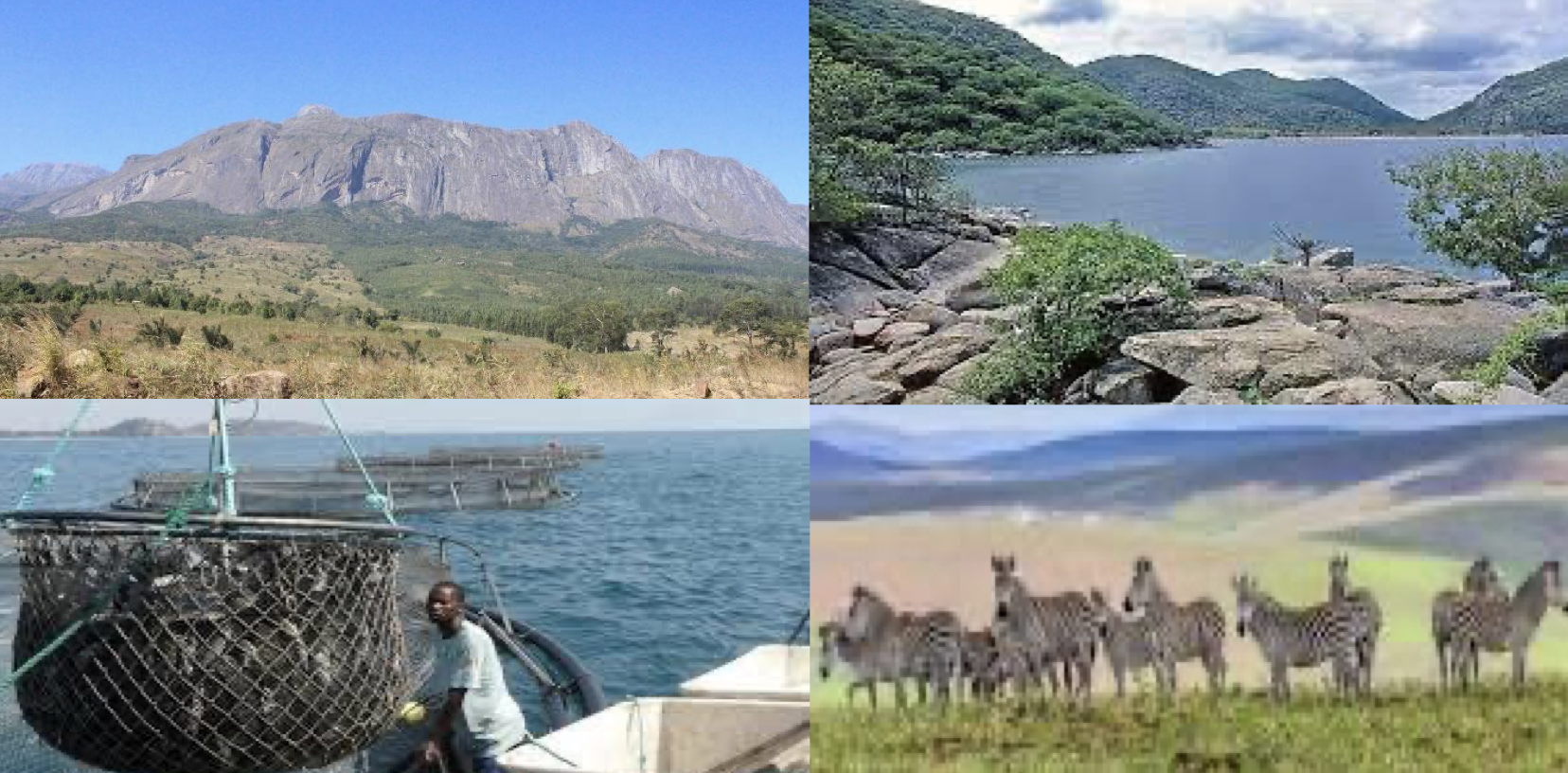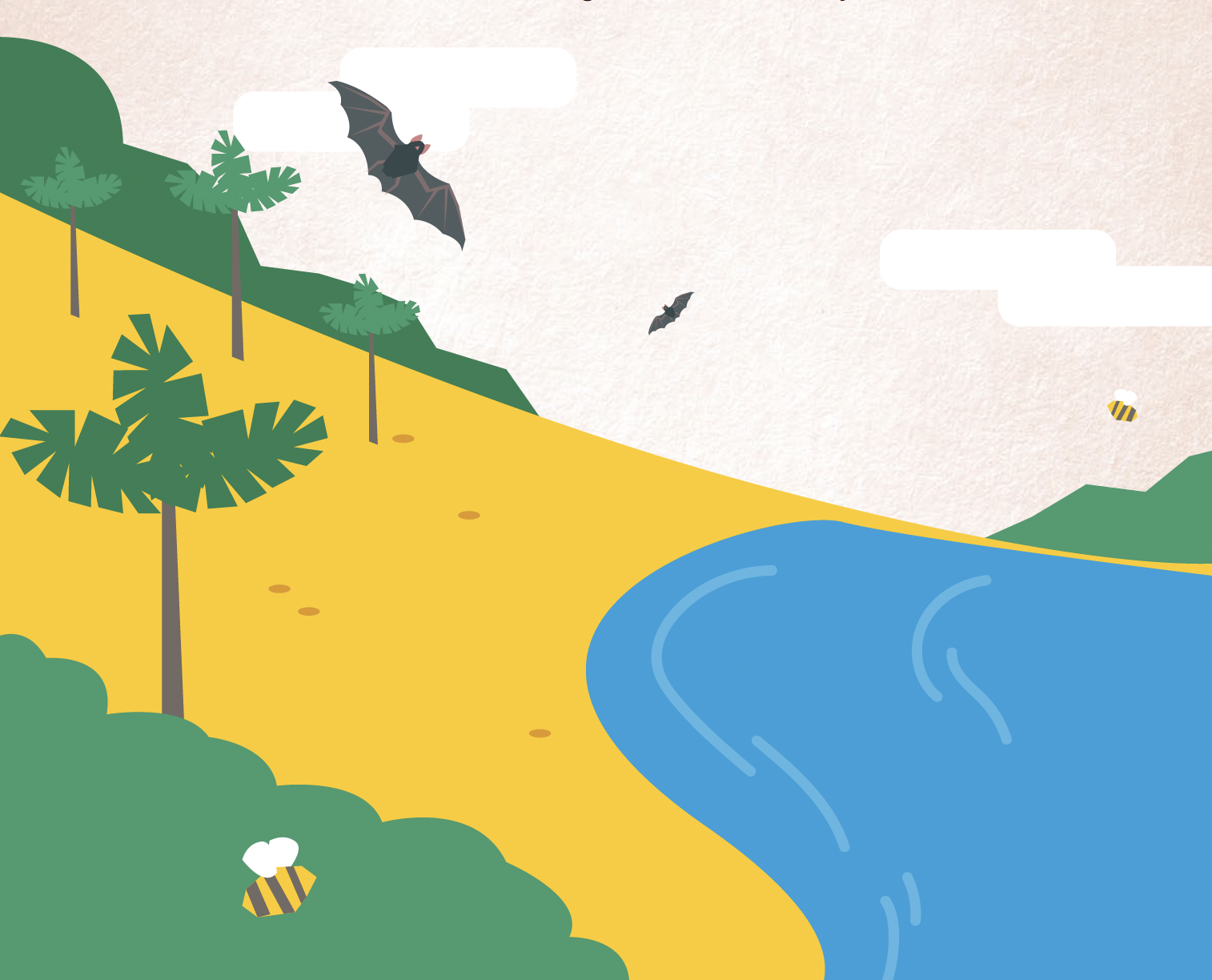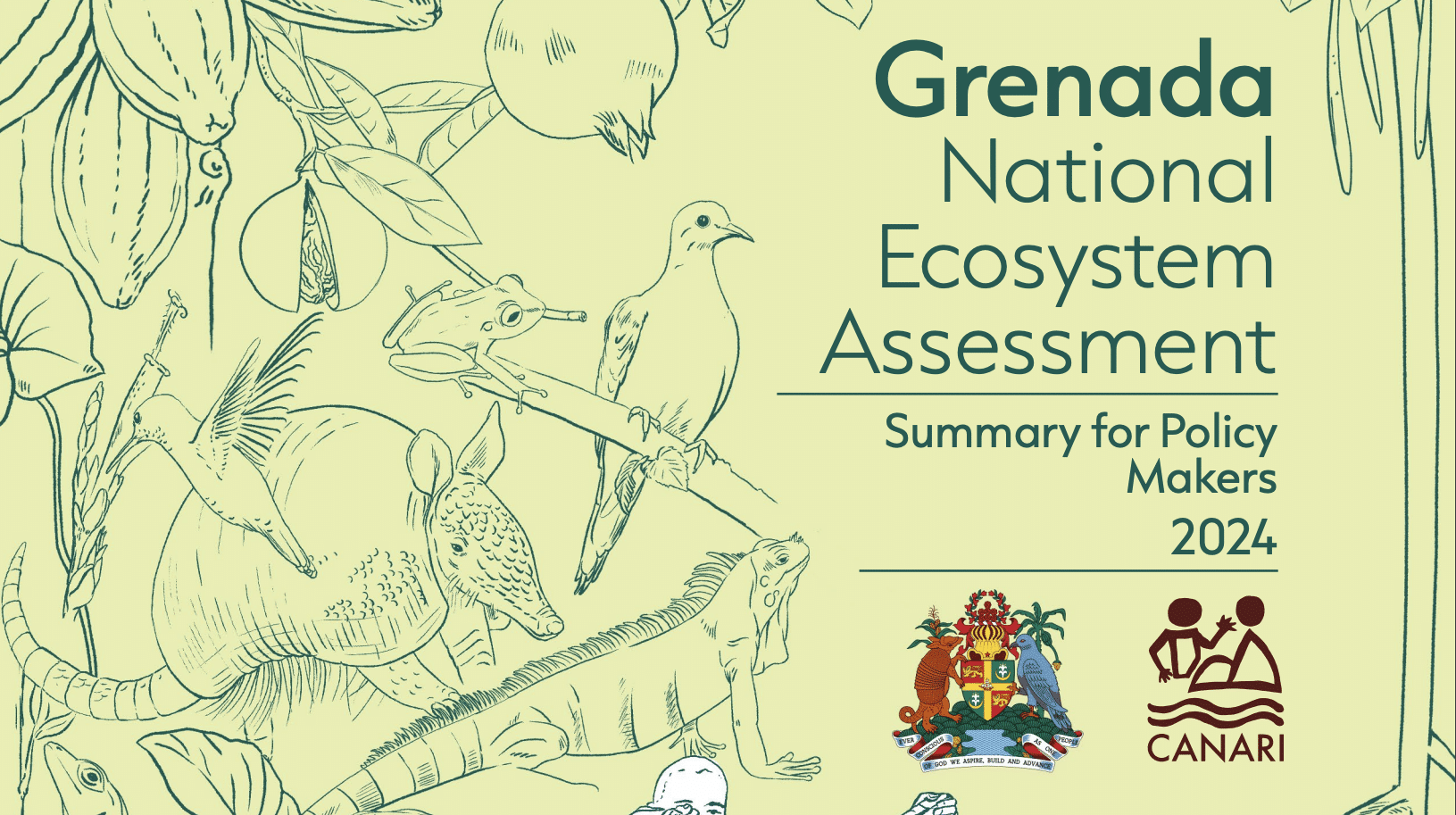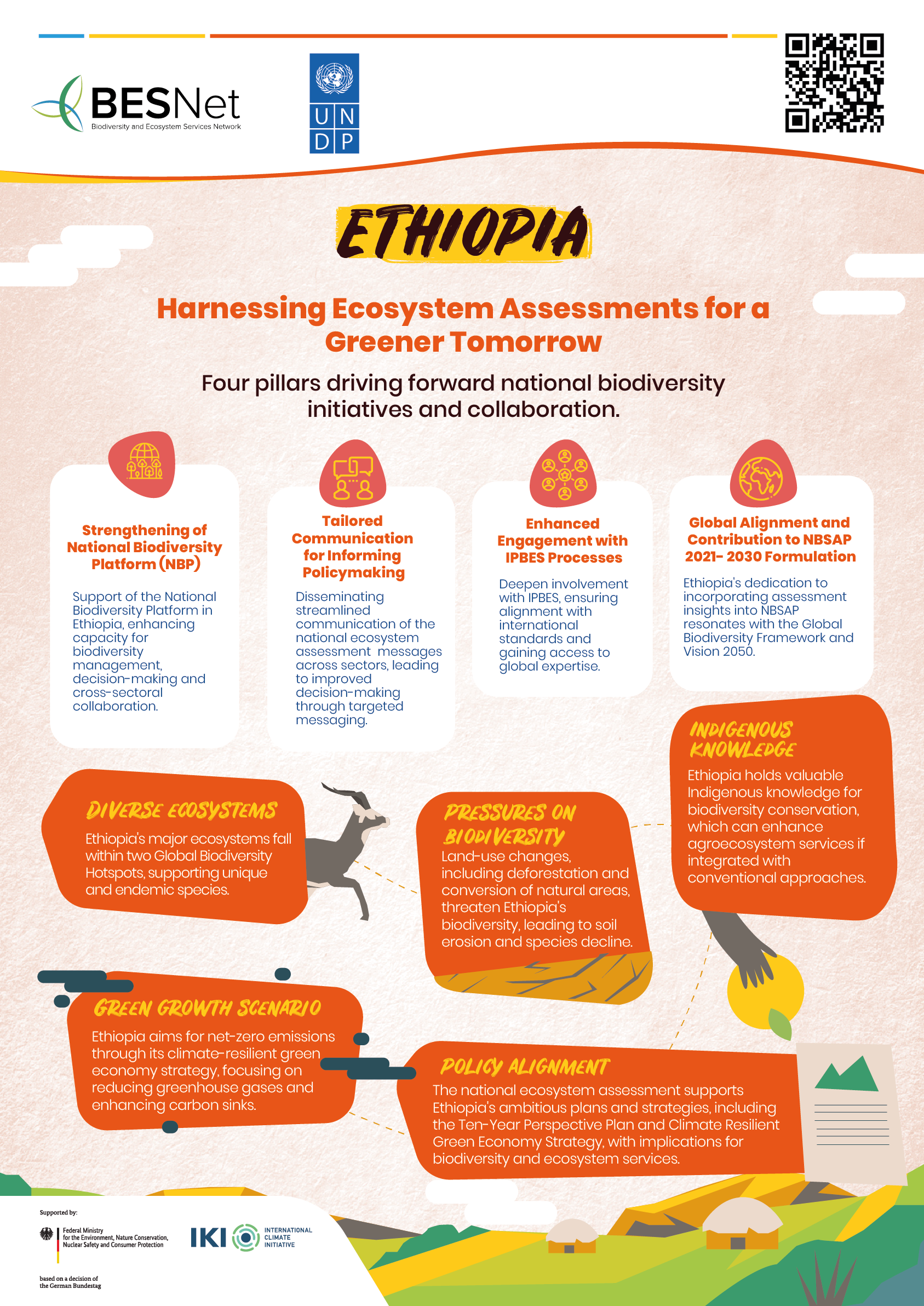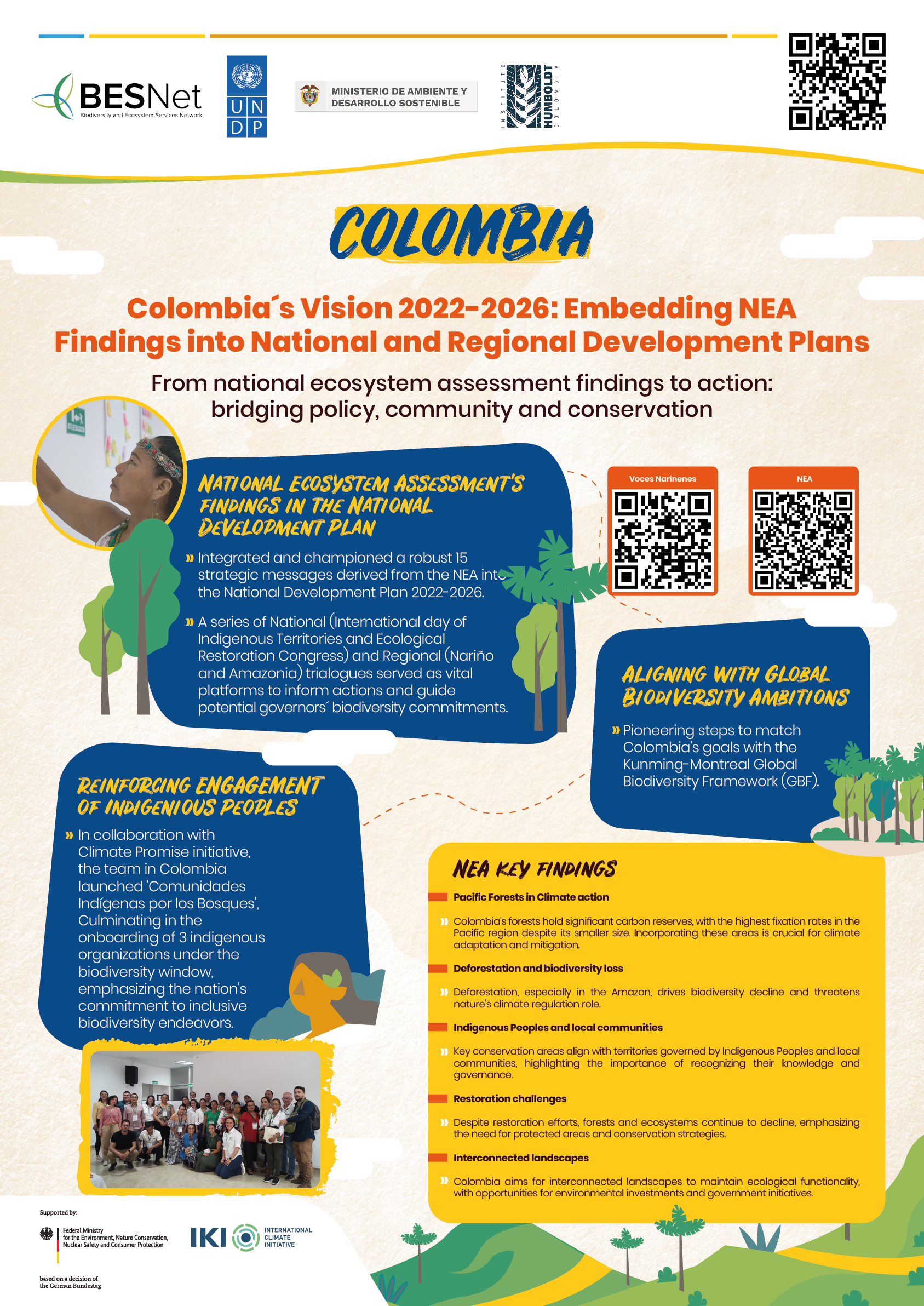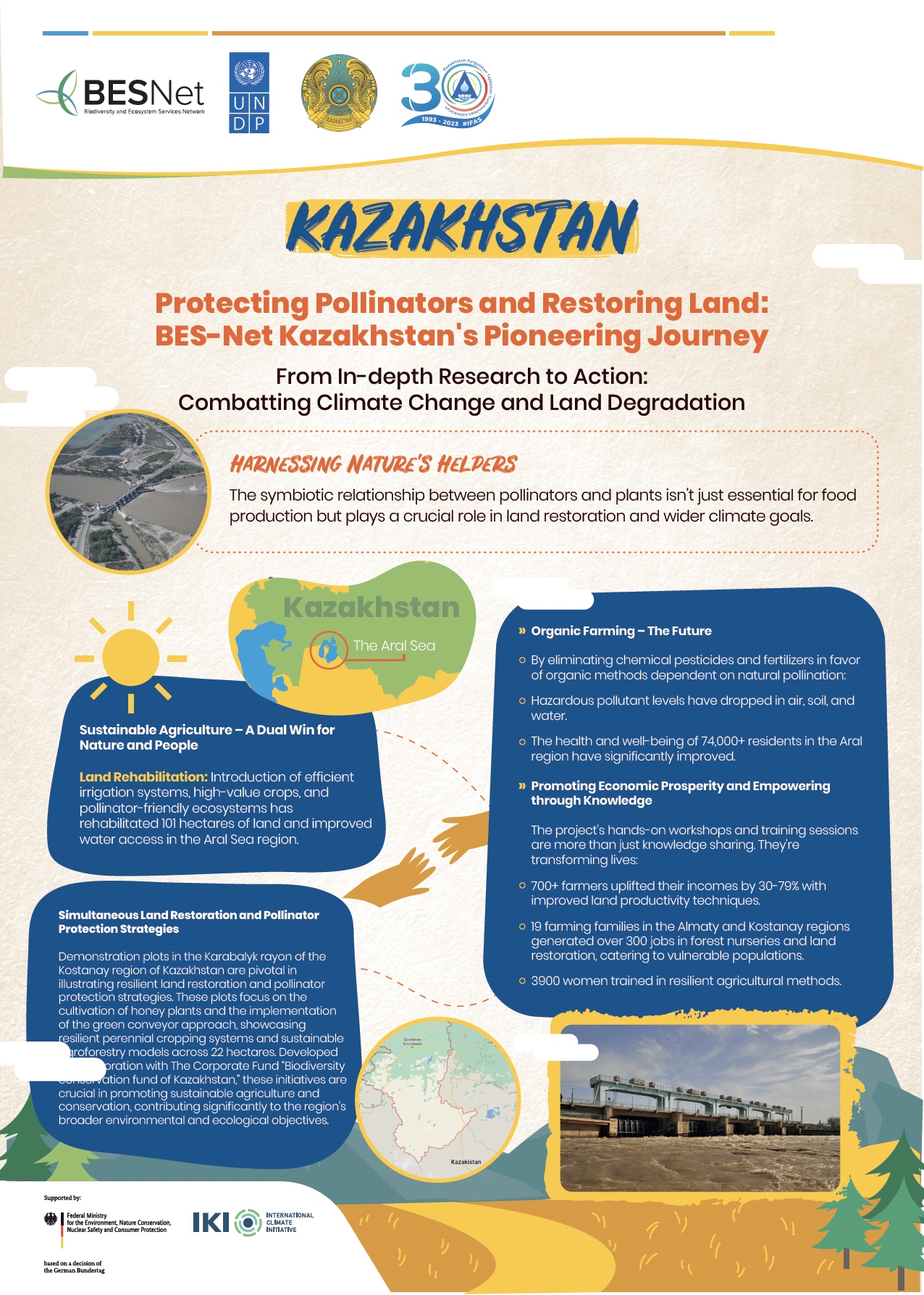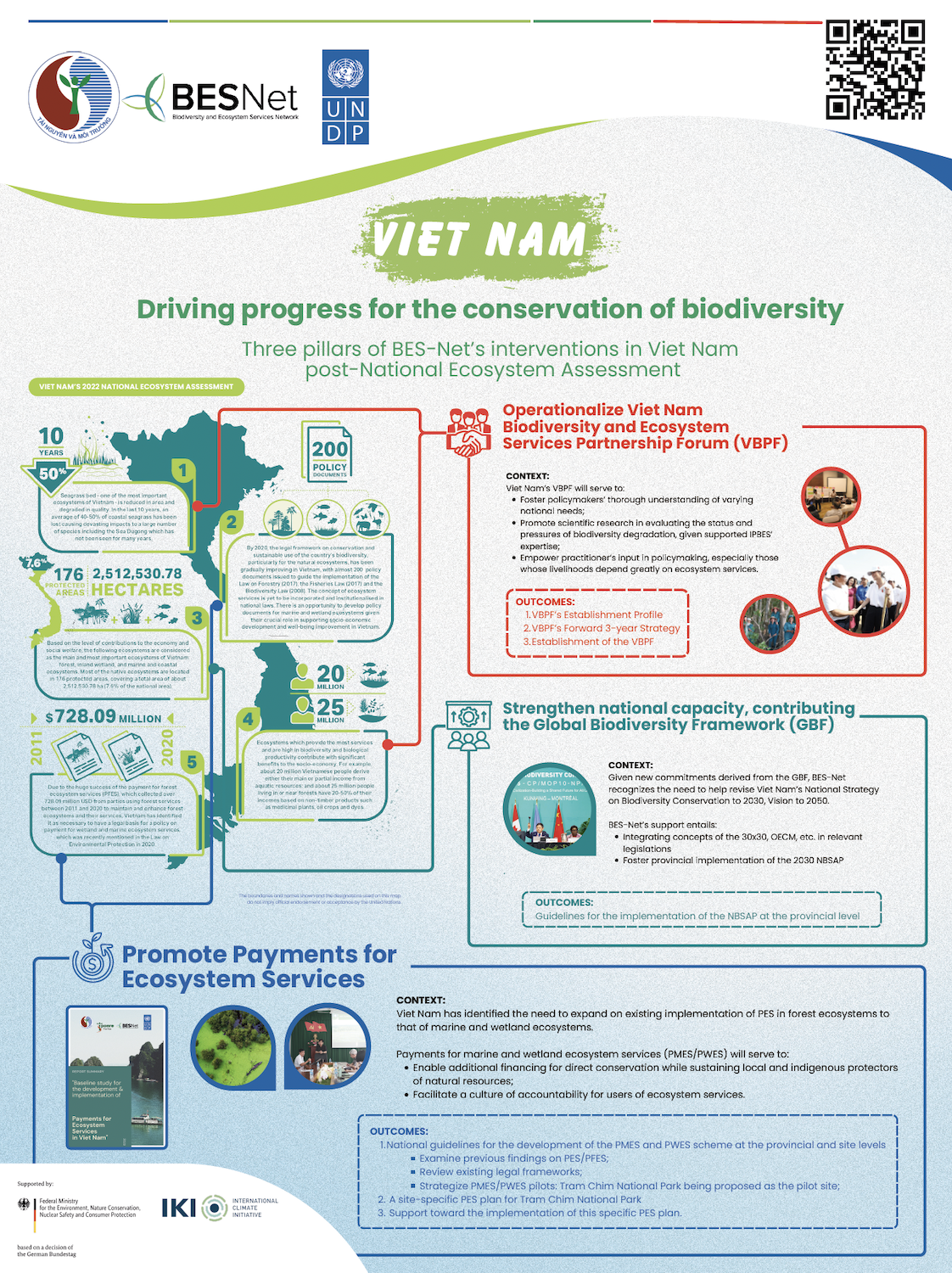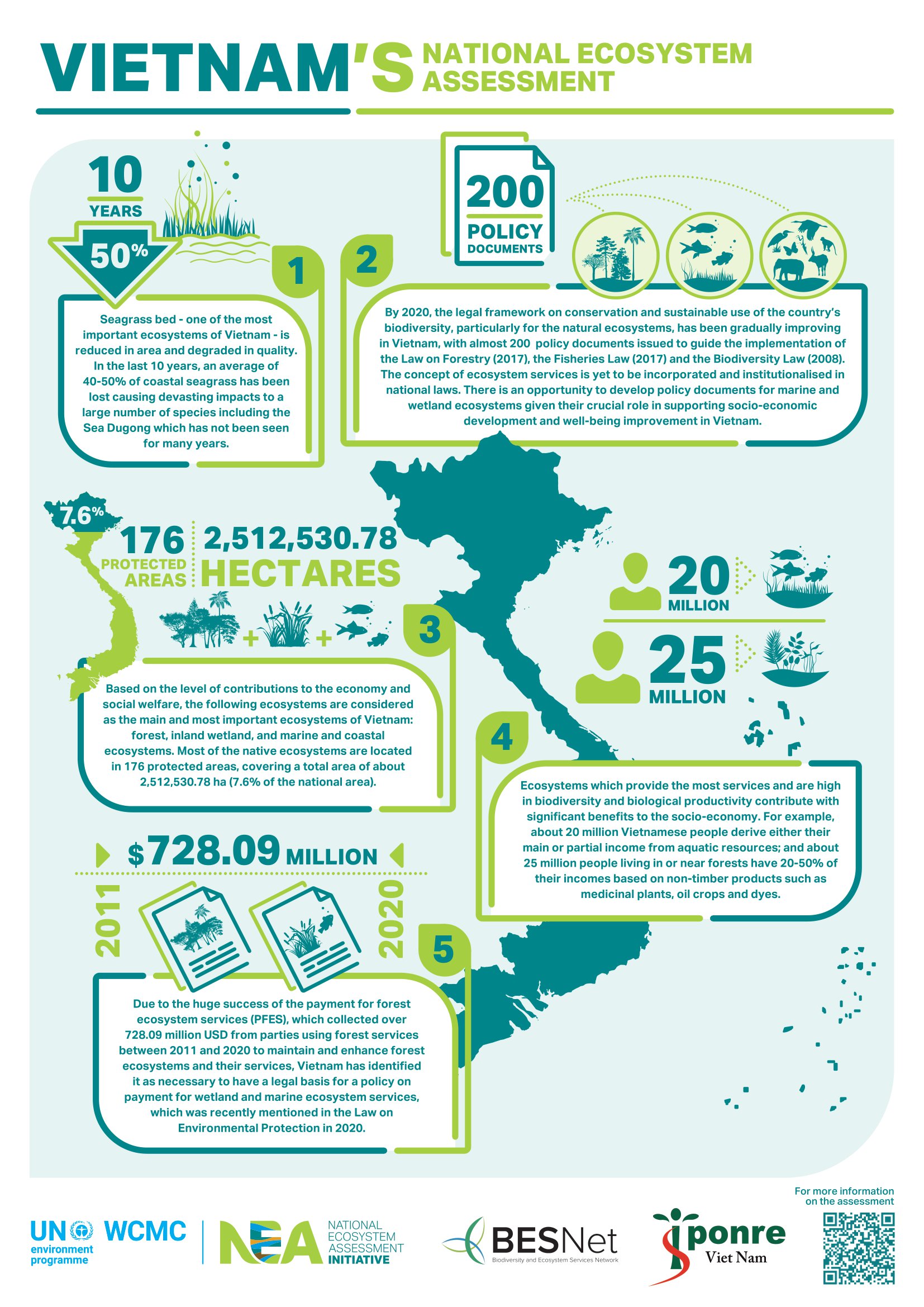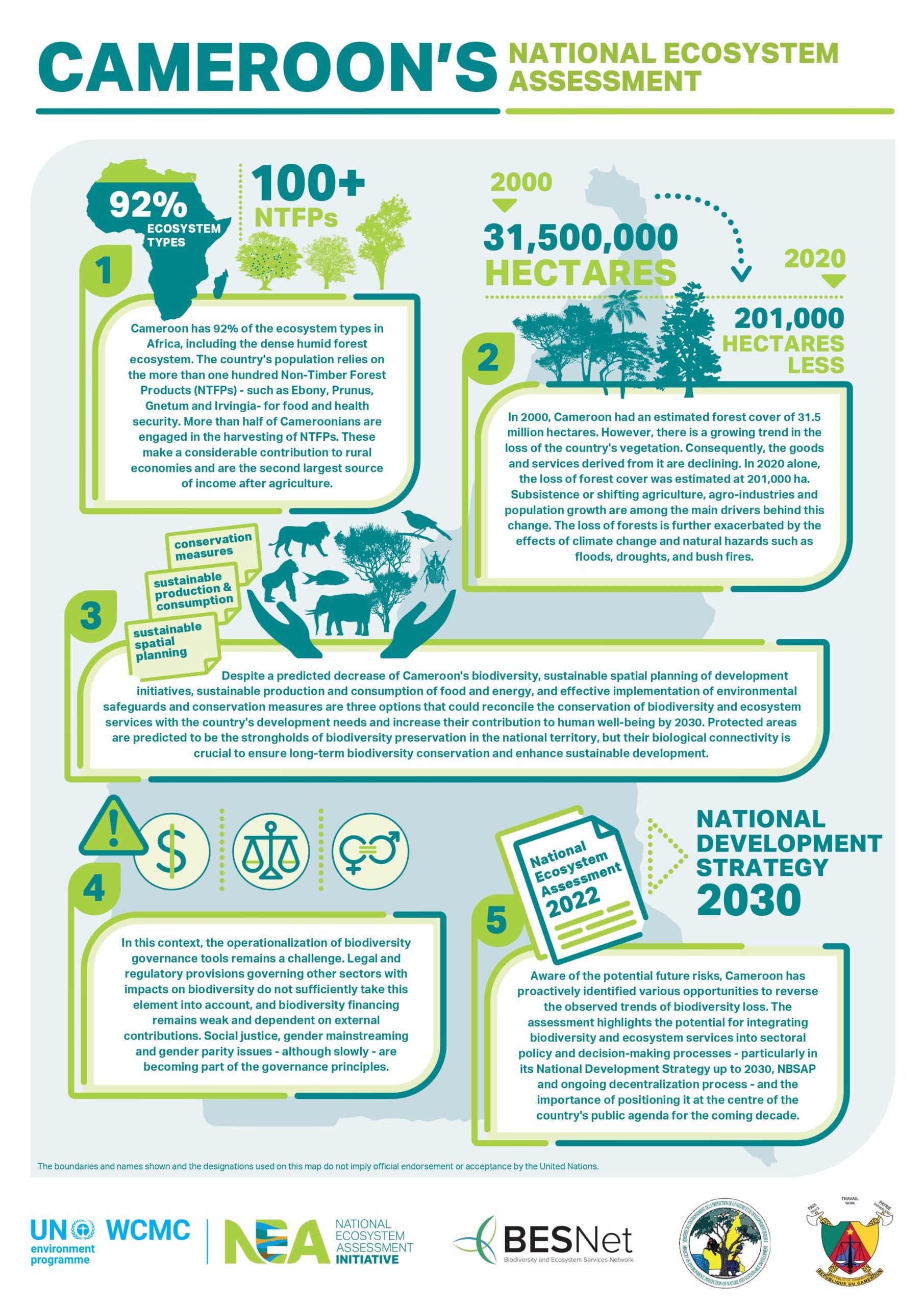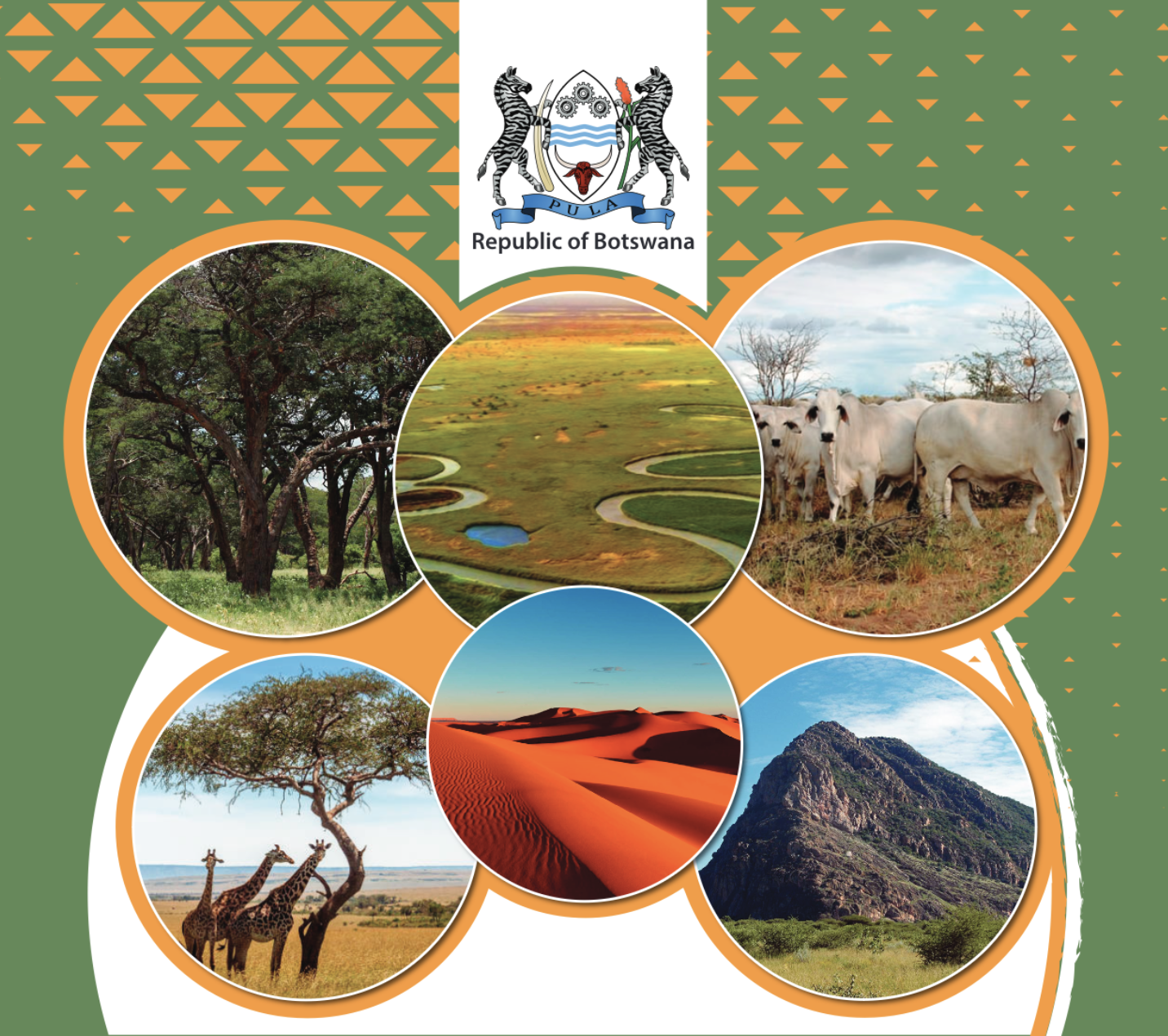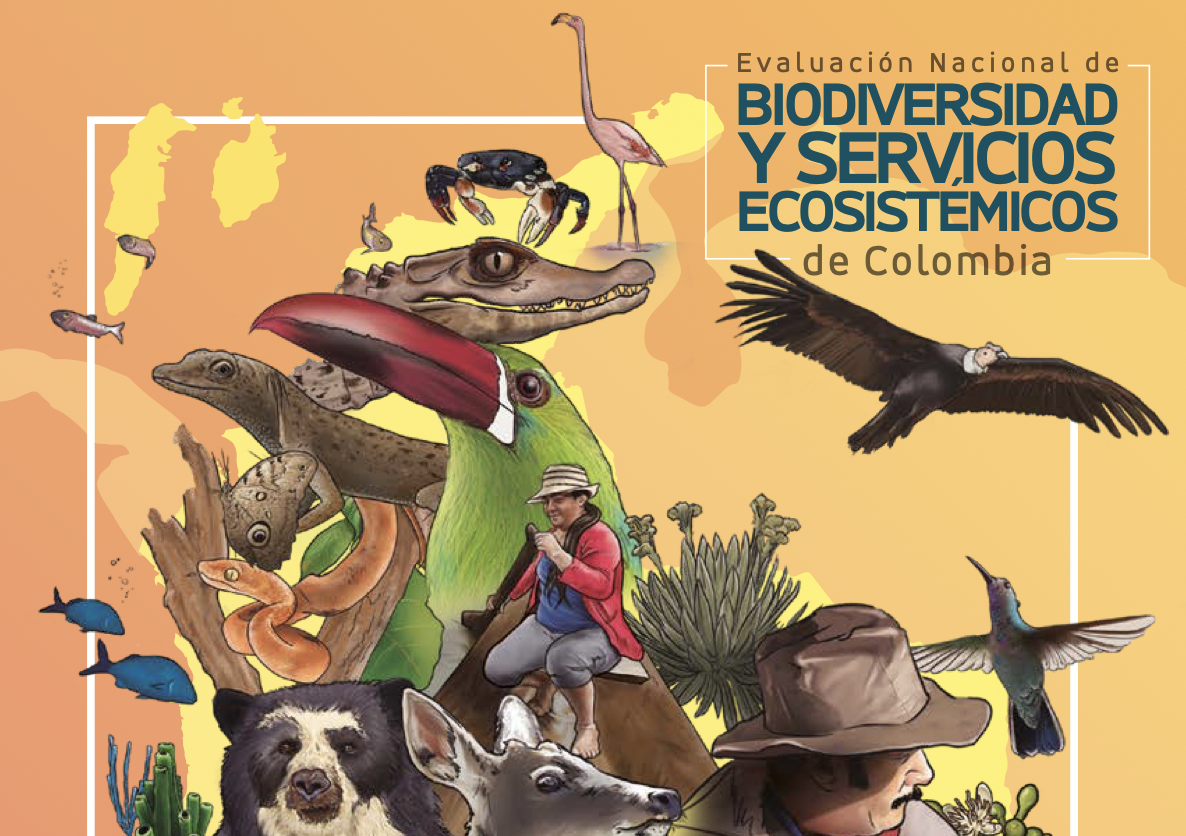Land recovery and the improvement of lands affected by desertification for agricultural use, is achieved when a sustained recovery of agricultural productivity over time is obtained. In the areas affected by desertification and drought, it is common that the ecosystems do not have enough funding for water management and irrigation. This situation leads to an inadequate assessment of the environmental goods and services in arid zones. As a result we have a misuse of these dry lands. Many countries are implementing policies and making investments and efforts to mitigate arid land degradation and desertification through the National Action Programs (NAP). However, for the long term planning of mitigation and adaptation strategies, it is necessary to know the cost of recovery and land improvement in certain areas in order to forecast the budgets. This is the main objective of this paper in order to combat desertification and drought in central northern Chile. We have calculated a recovery cost per hectare by region and for each of the agriculture, livestock and forestry (ALF) promotion agencies. The results indicate that the cost of land reclamation in the northern regions is much higher than in the southern regions of this studied area. The cost is especially high for Region II, where investment per hectare is almost to 3000 US$ per hectare. At the other extreme is the Region VII, in the south of the studied area where the investment required per hectare barely reaches 500 US$. The contribution of the promotion agencies to the total cost also varied among regions and agencies. We discuss the results within a context of recovery cost per hectare depending on the different environmental characteristics and agricultural development of each of the studied regions.
The cost of mitigation strategies for agricultural adaptation to global change
Year: 2012





















































































































































































































































































































































































































































































































